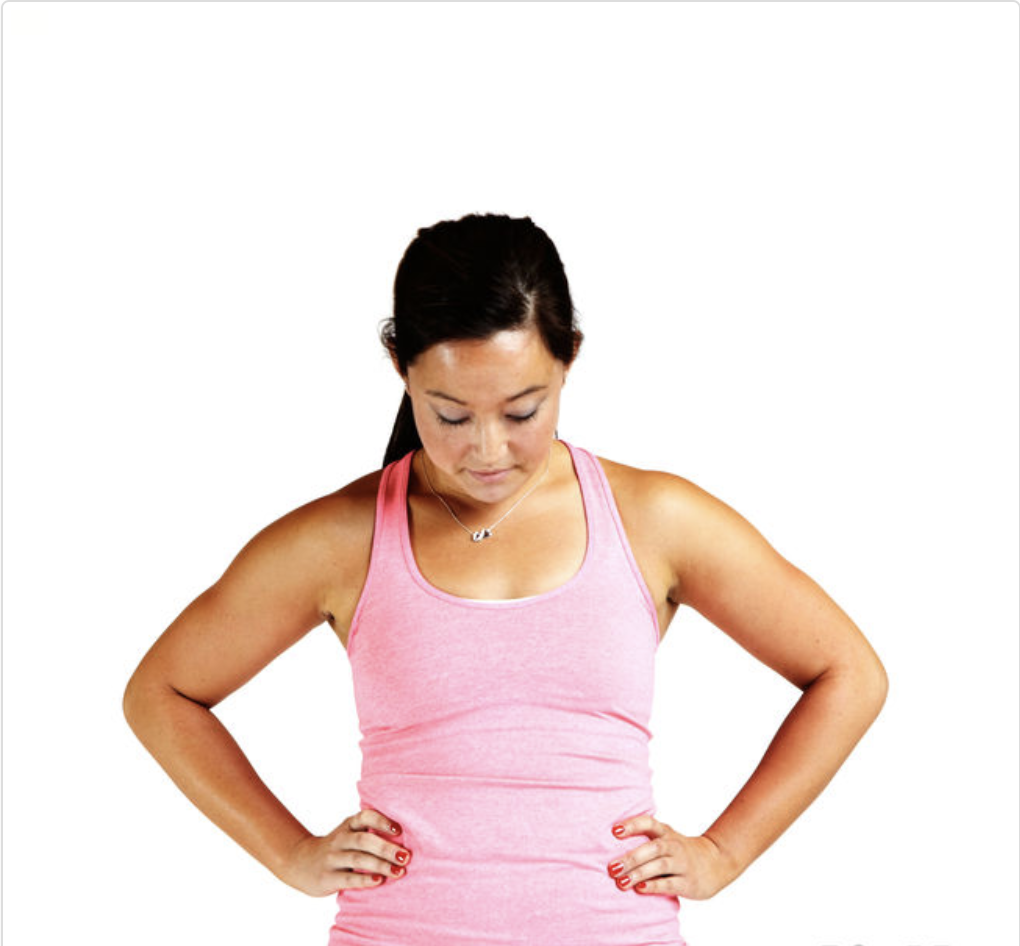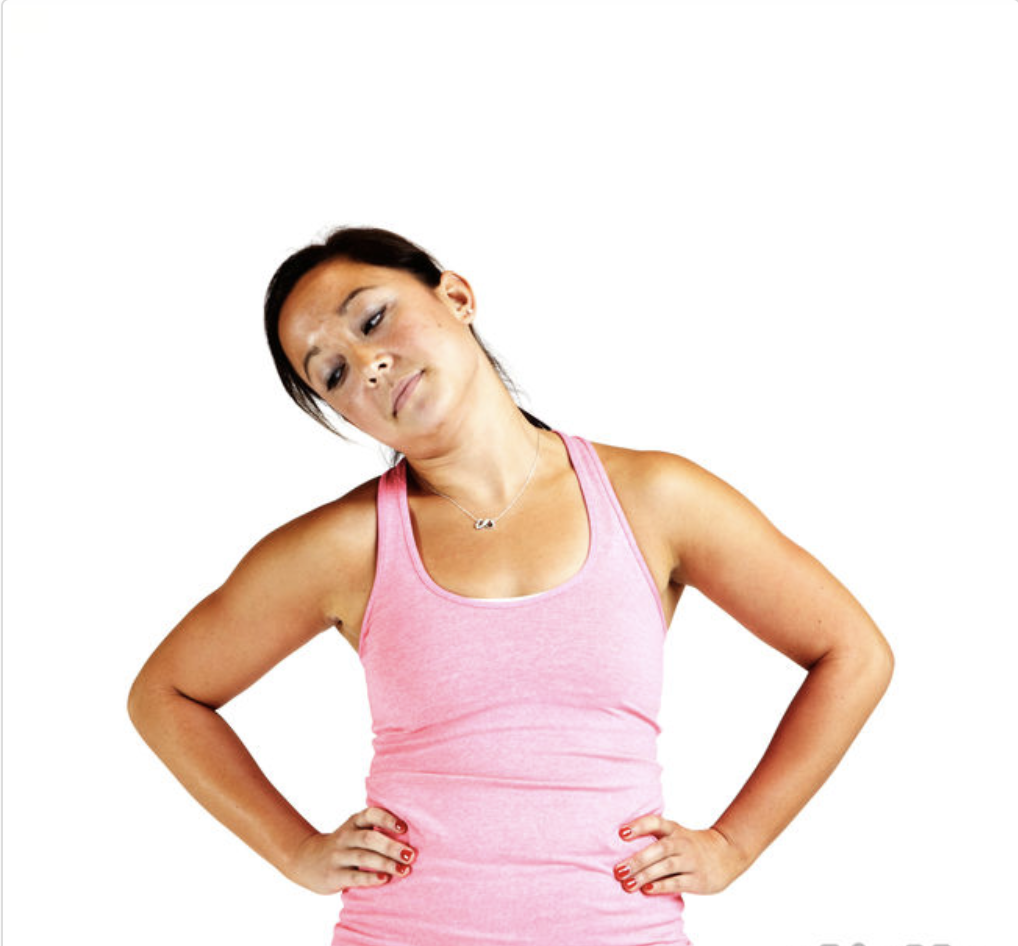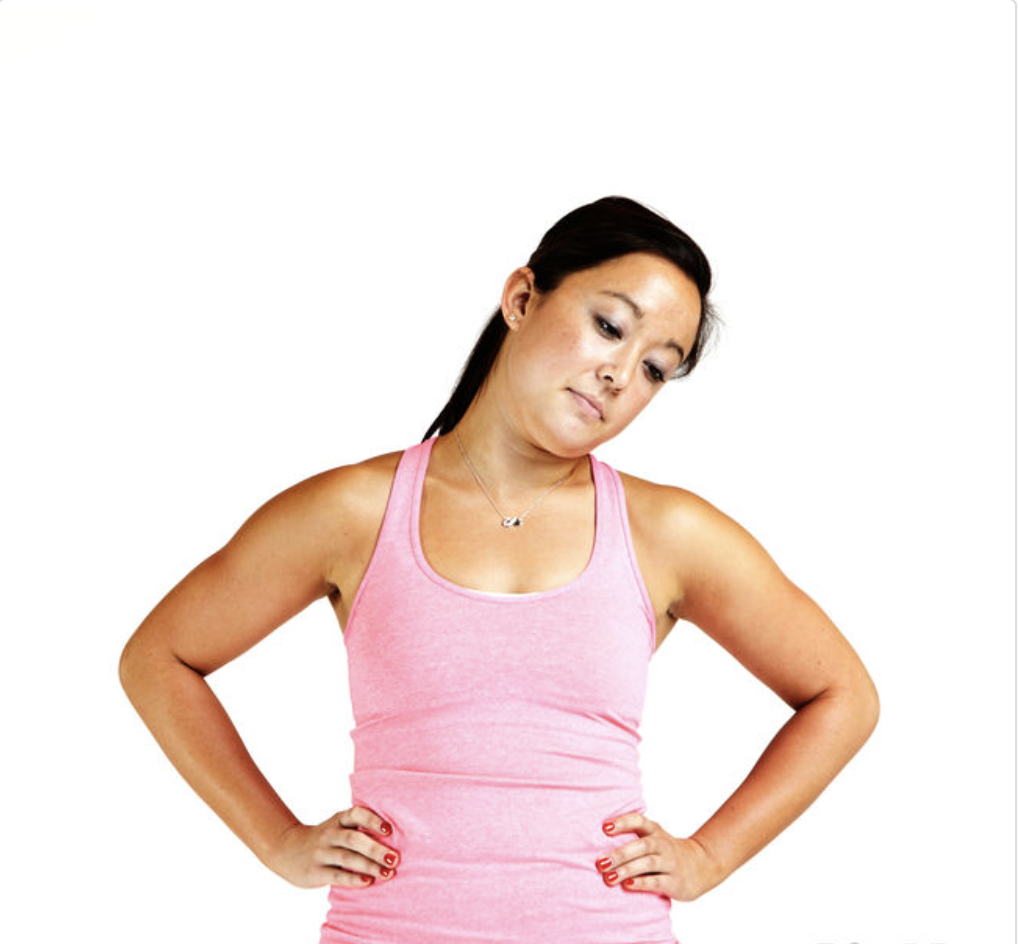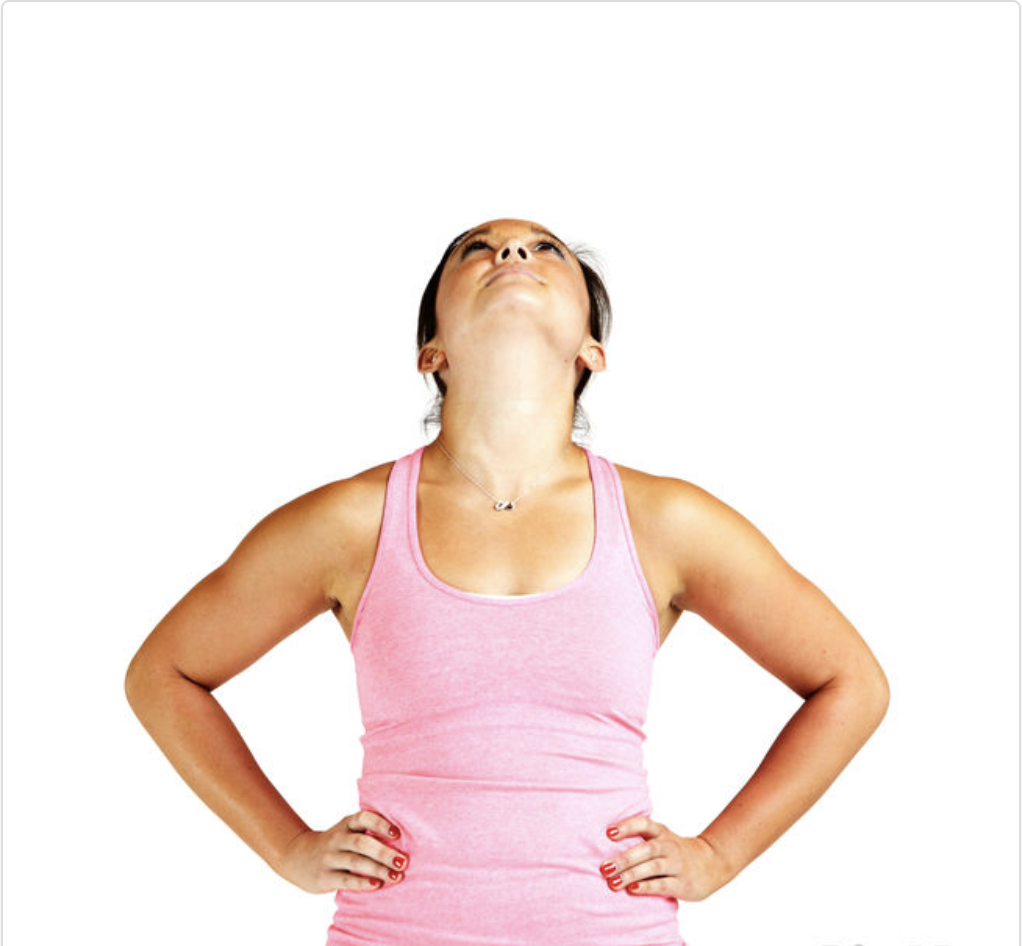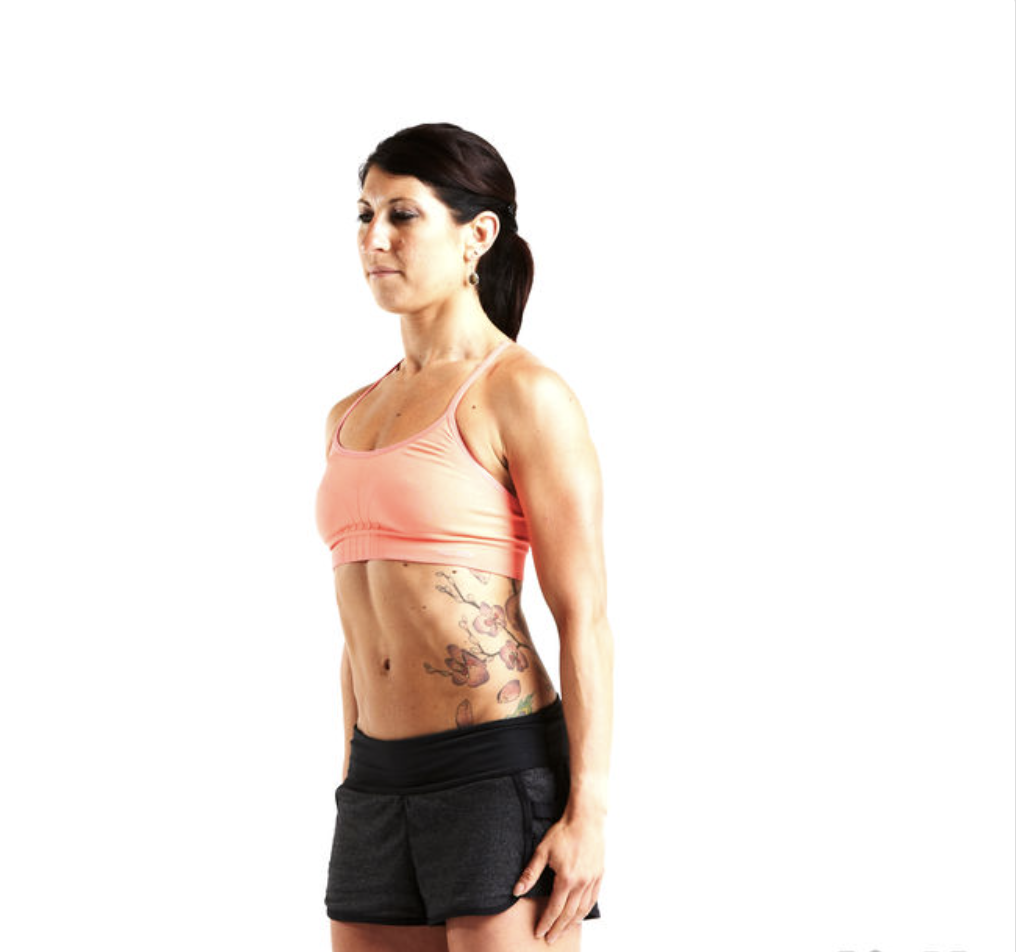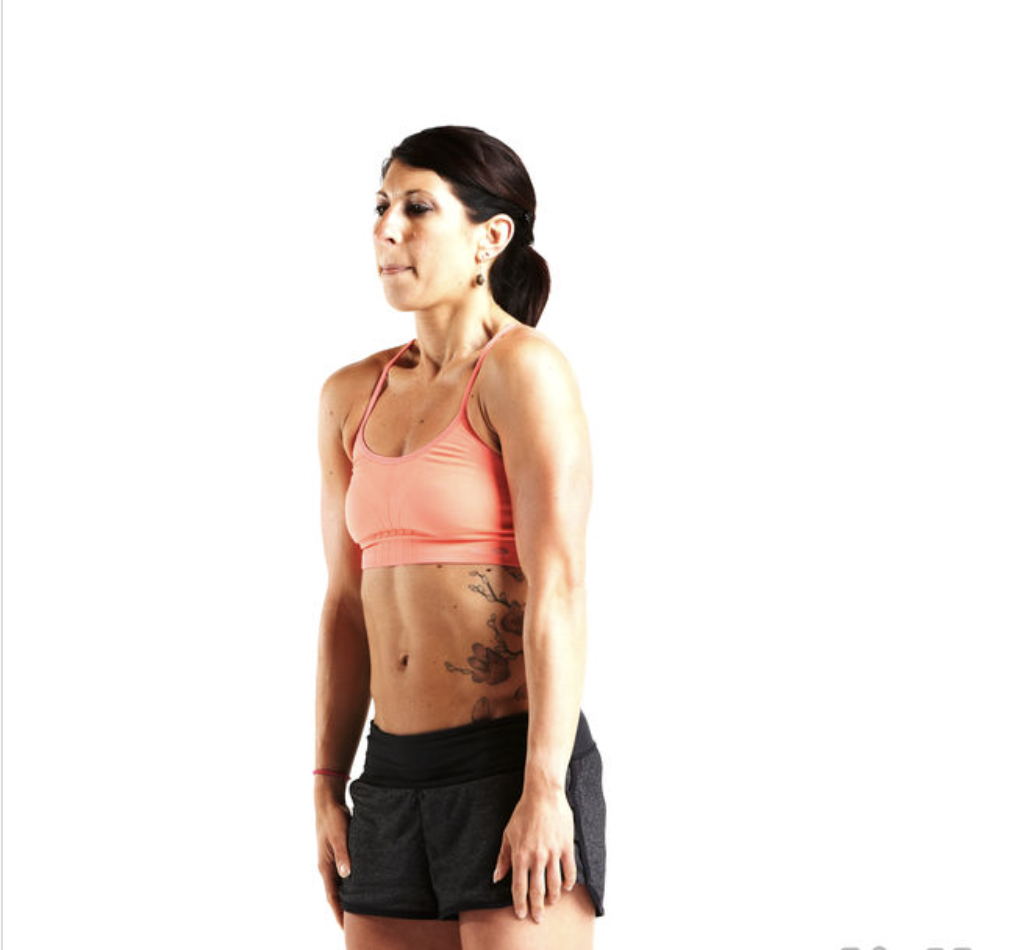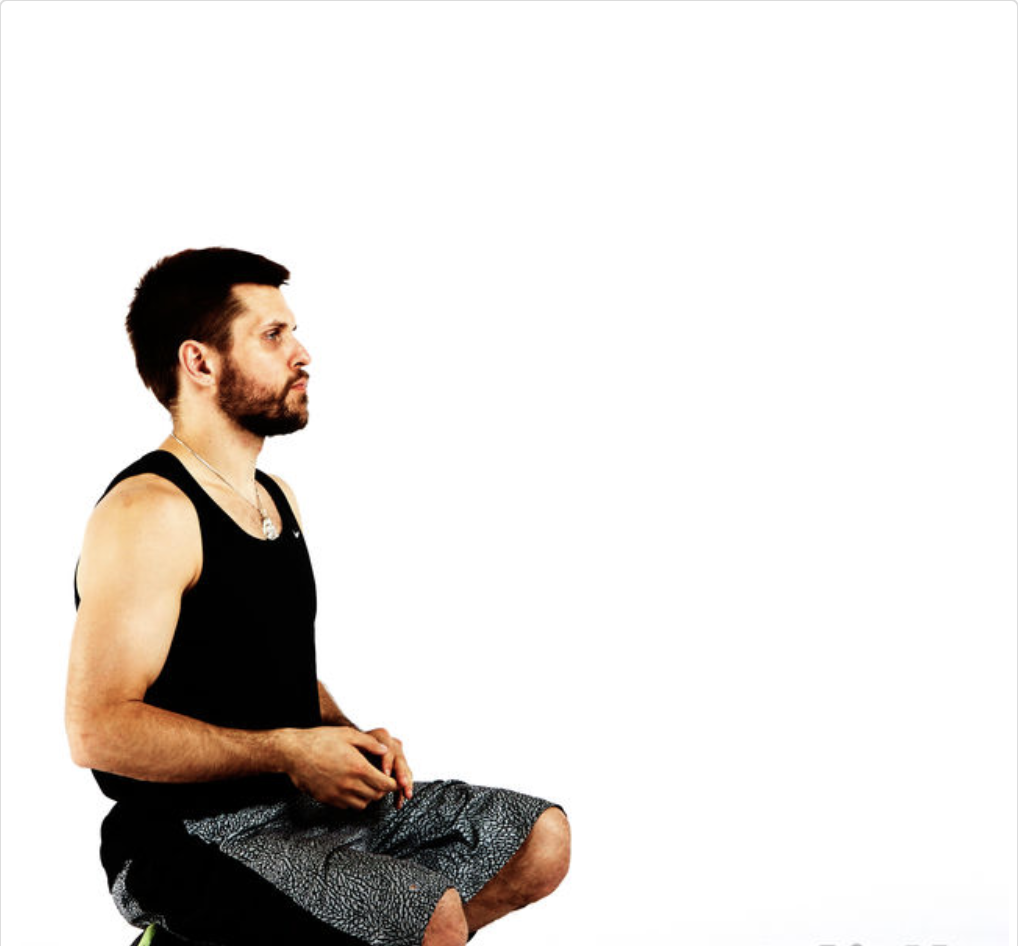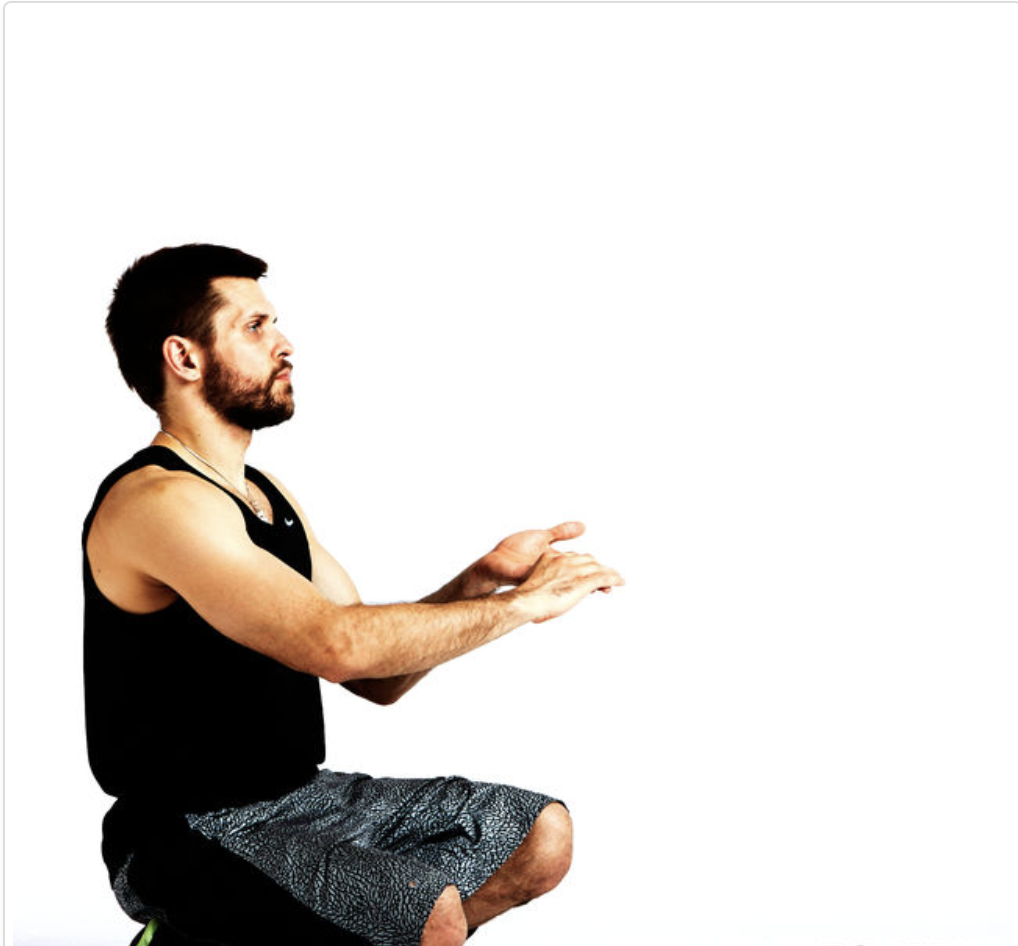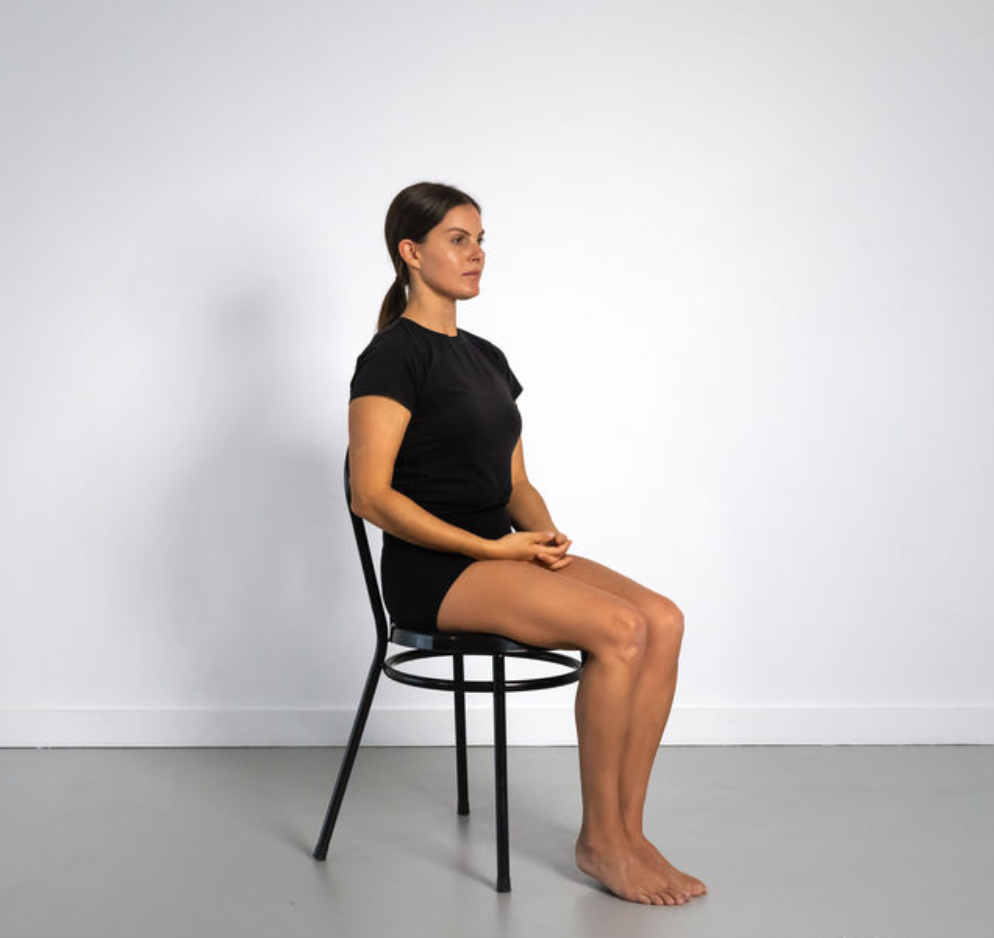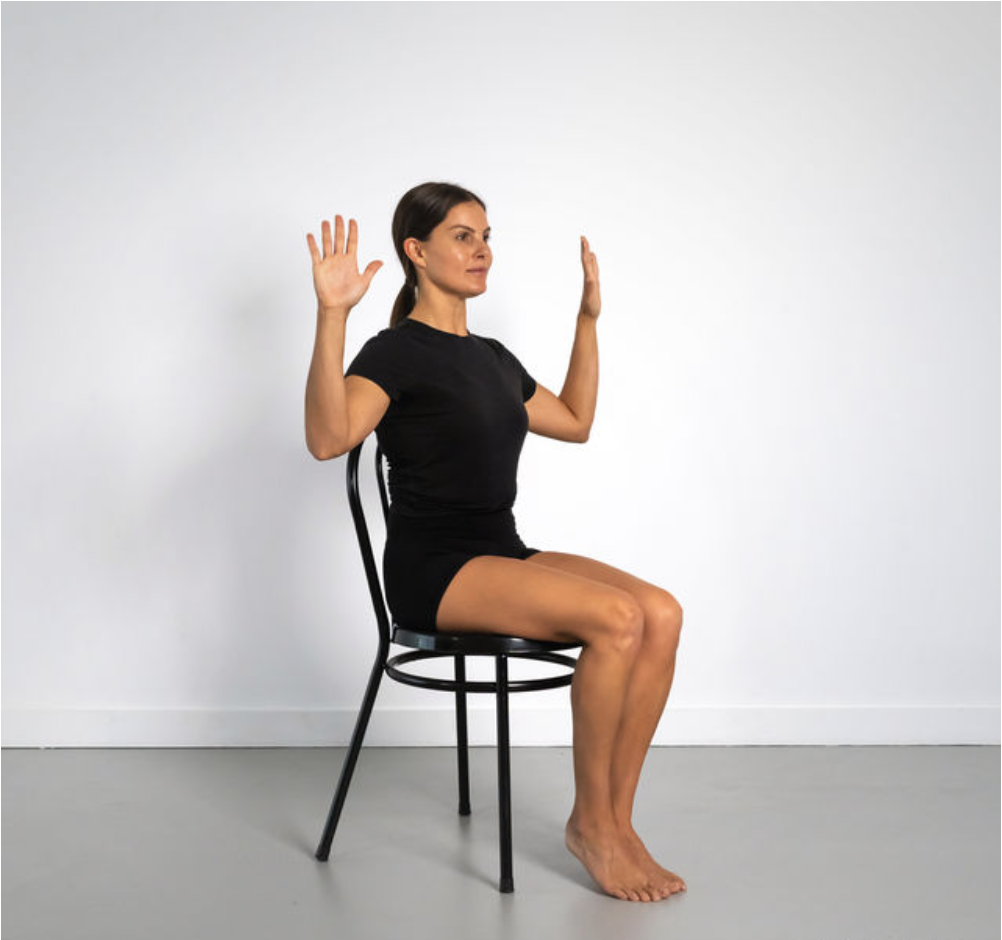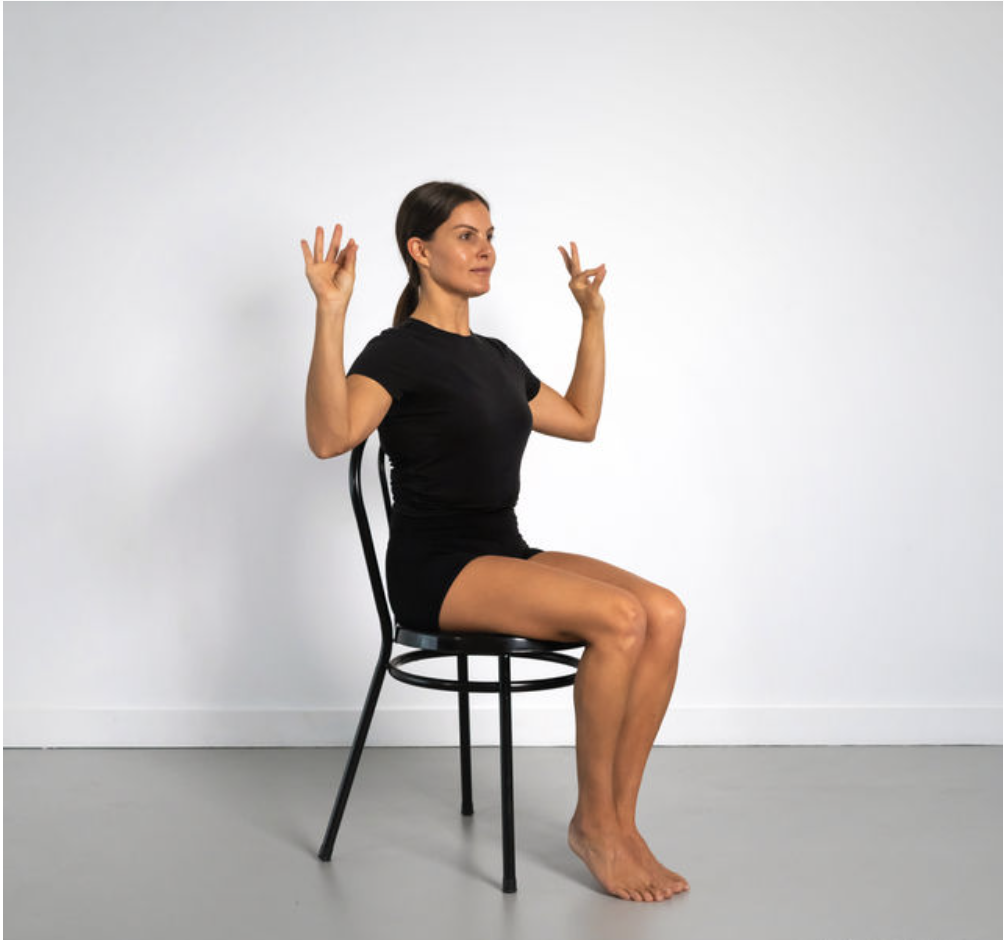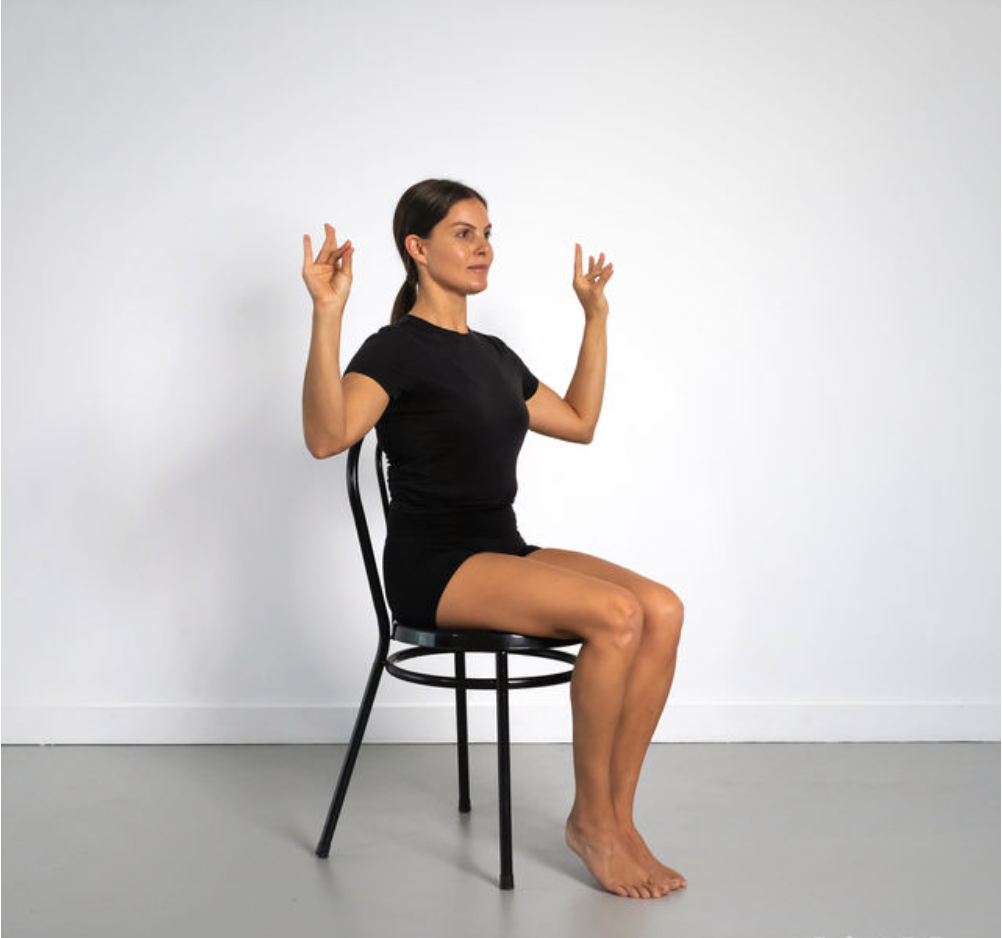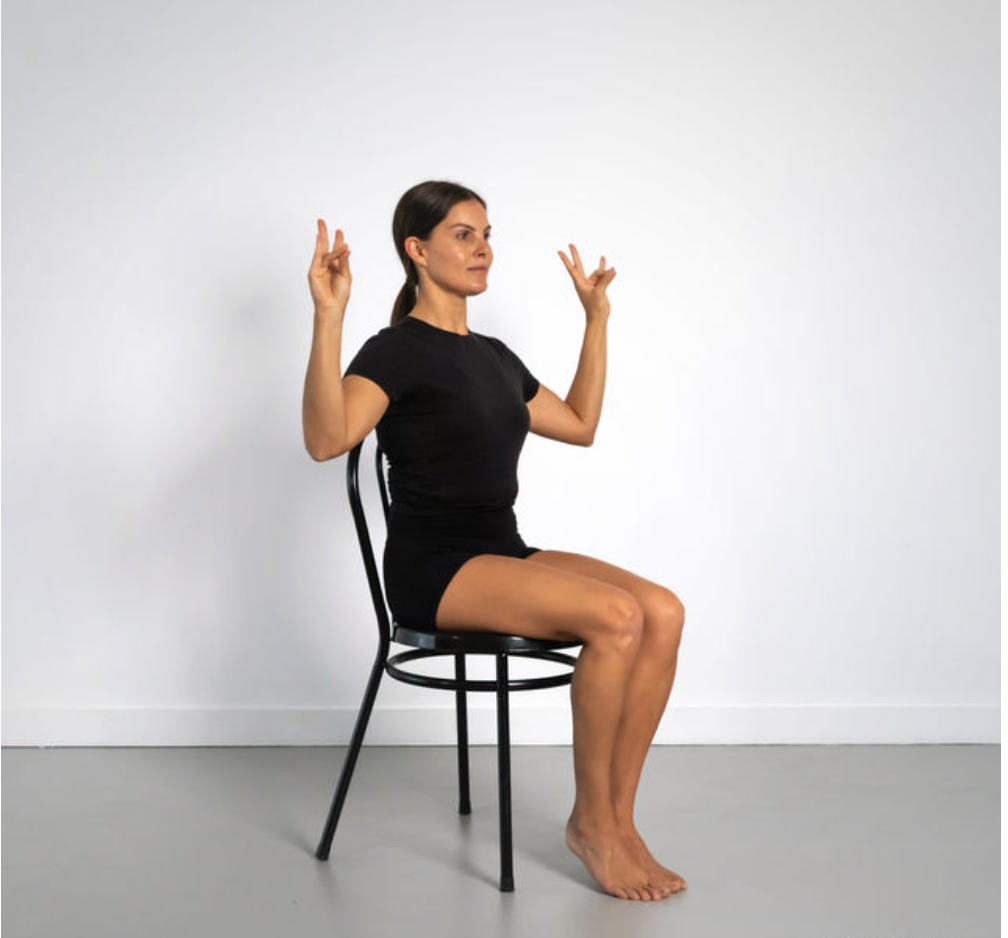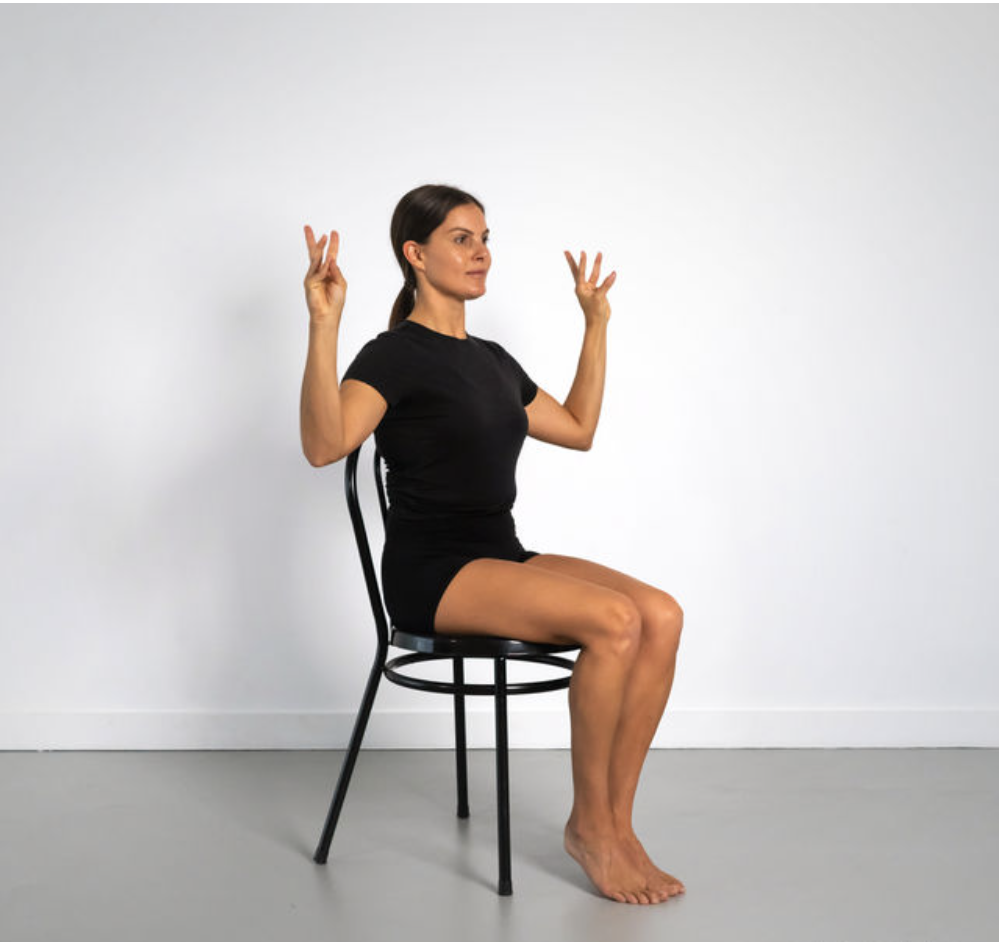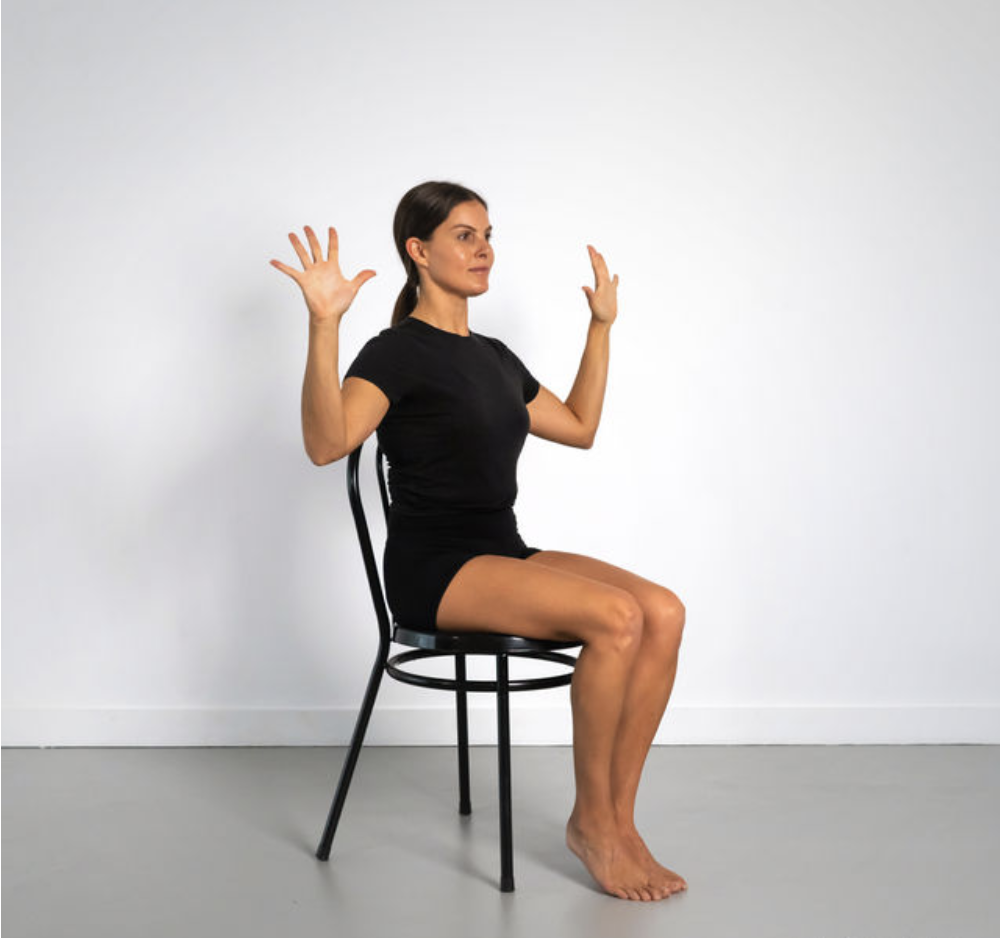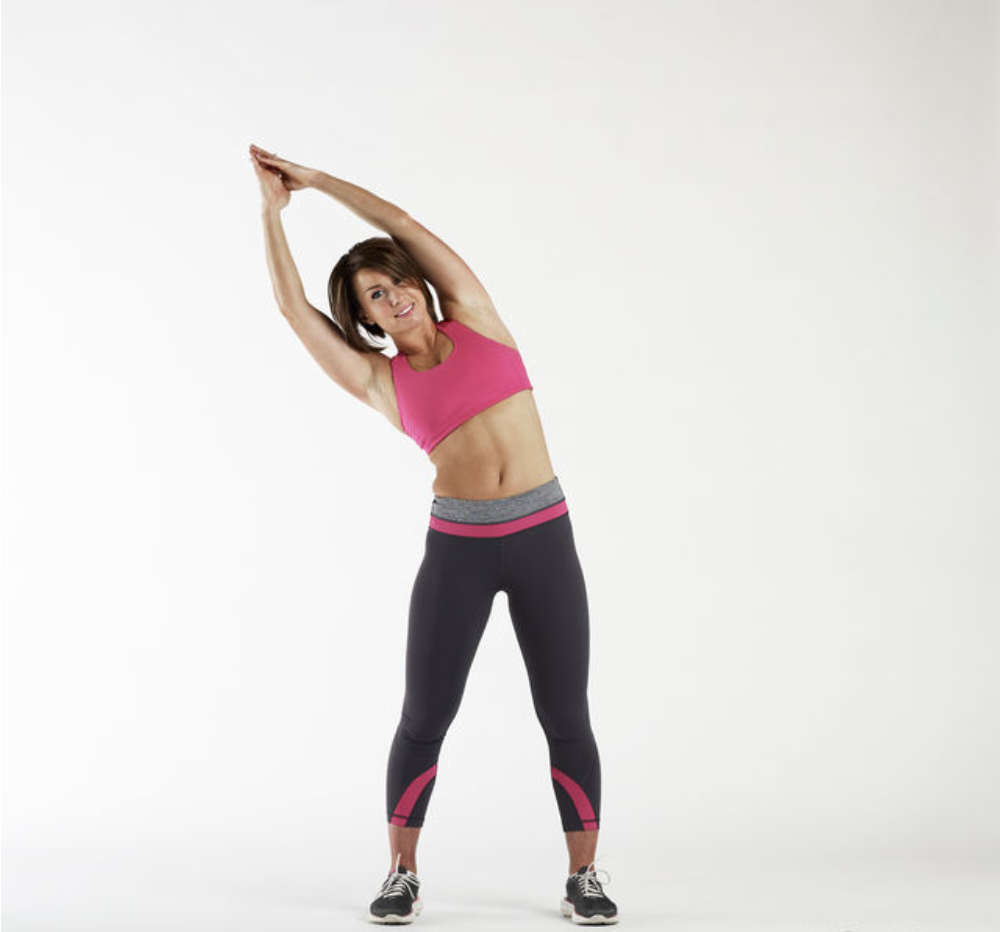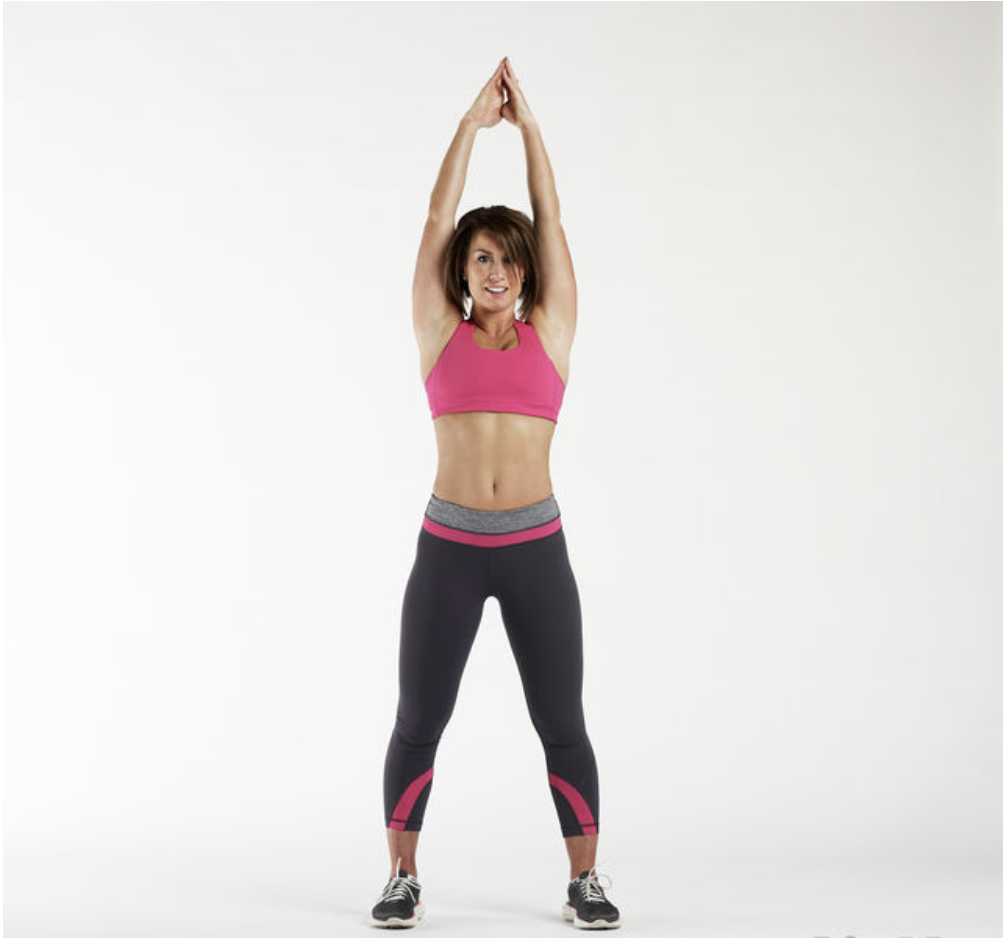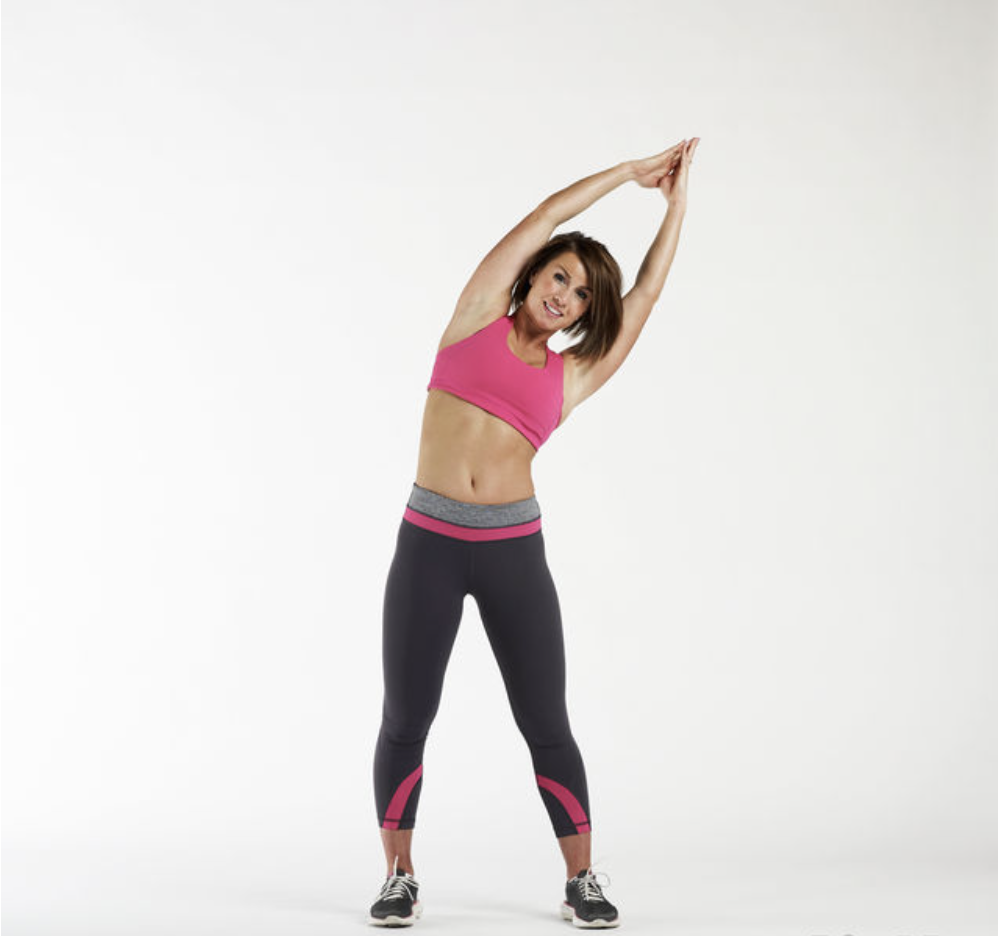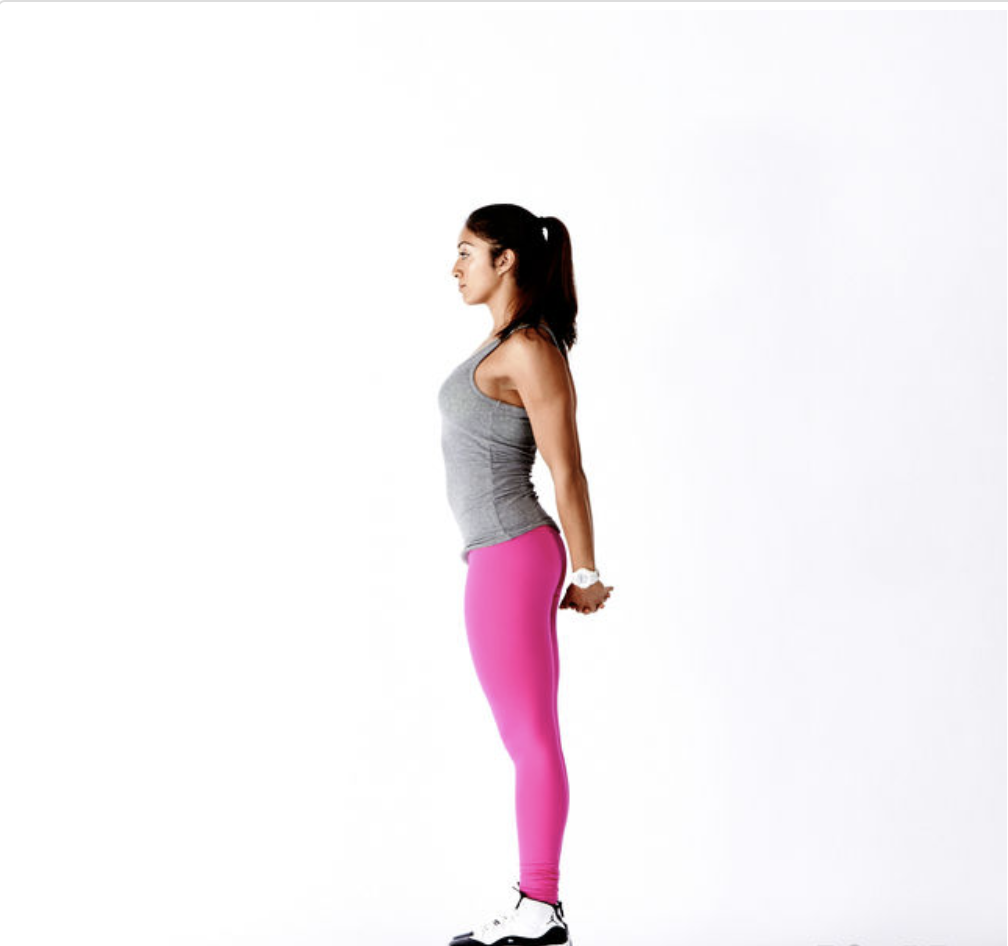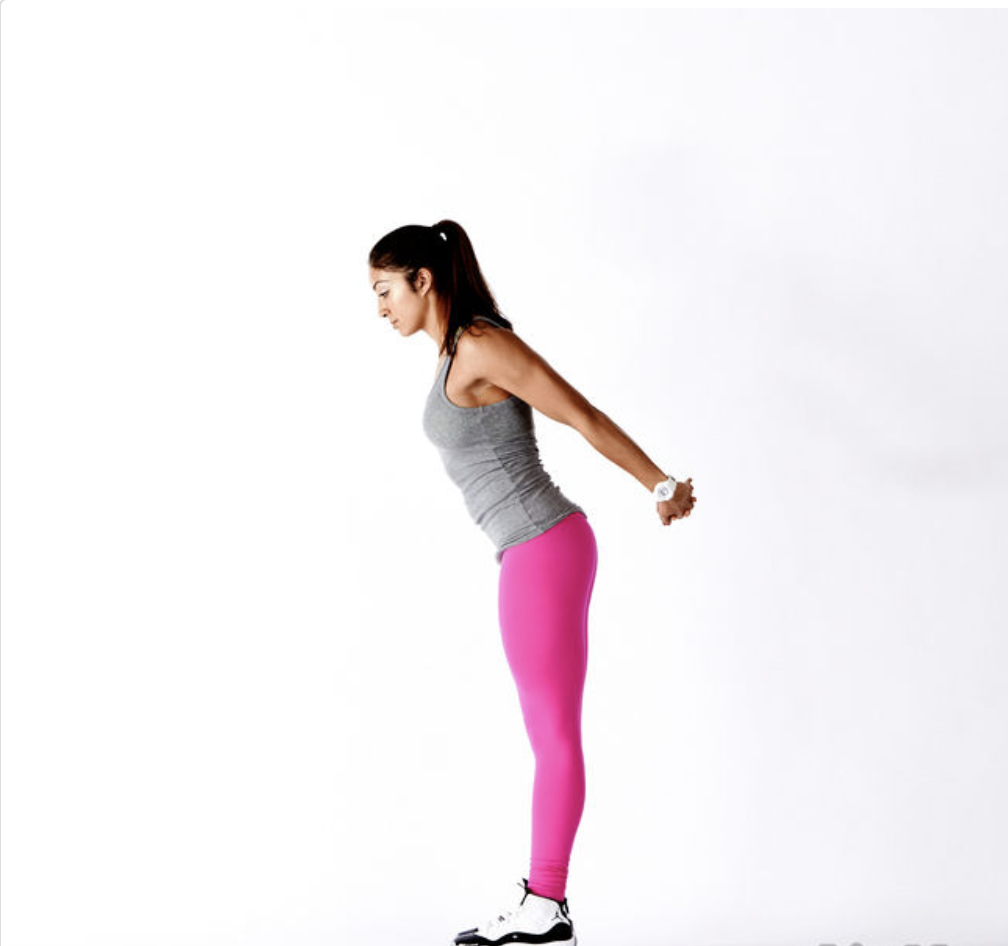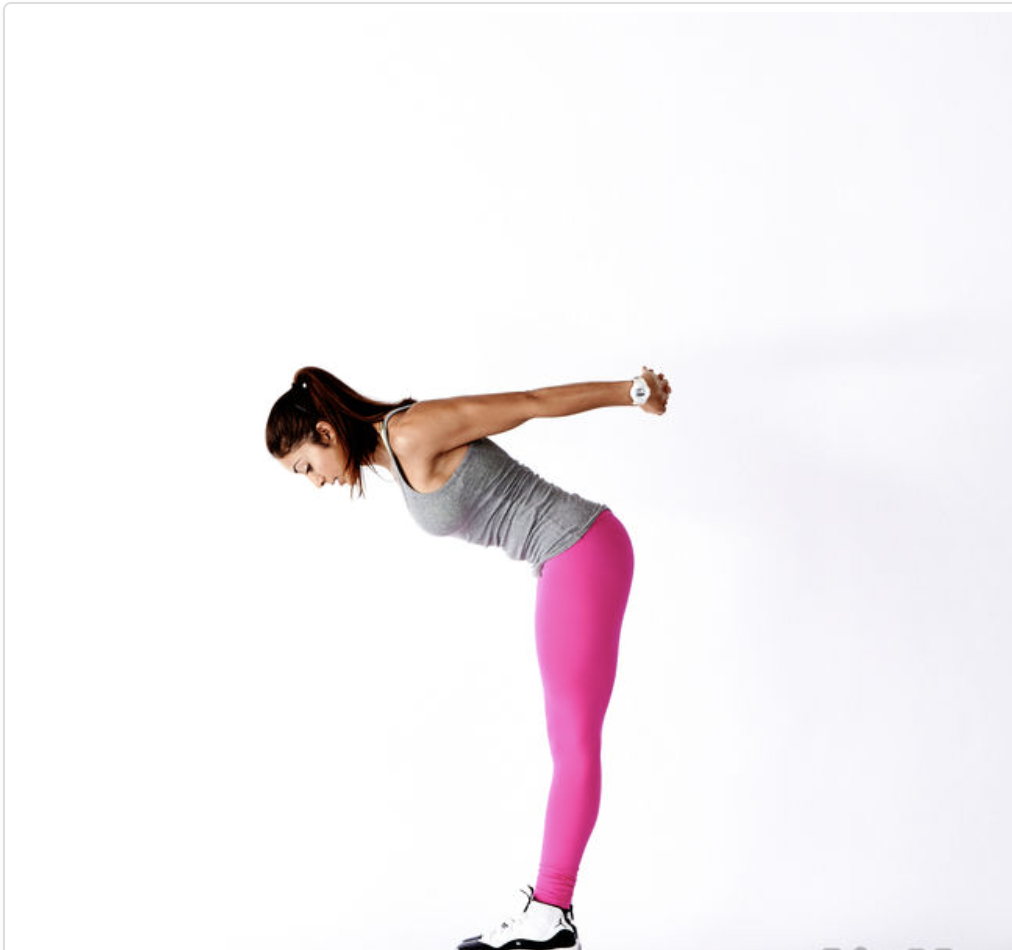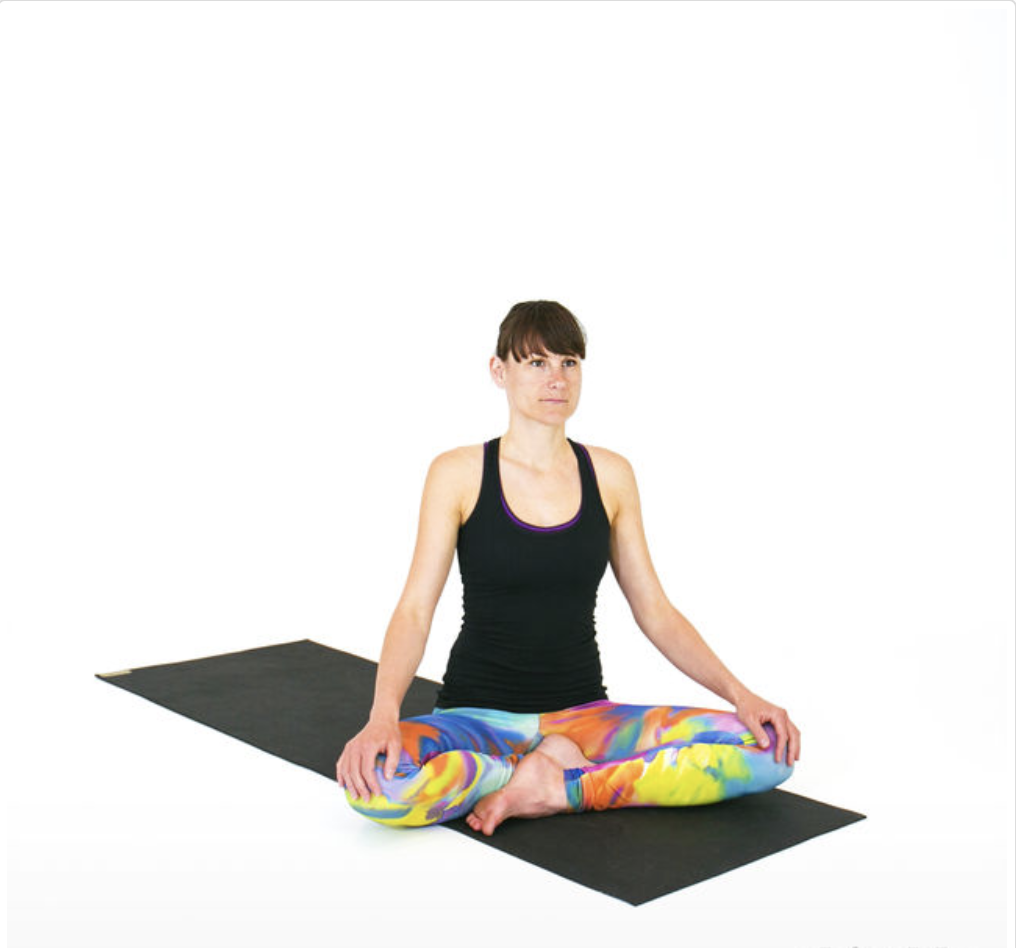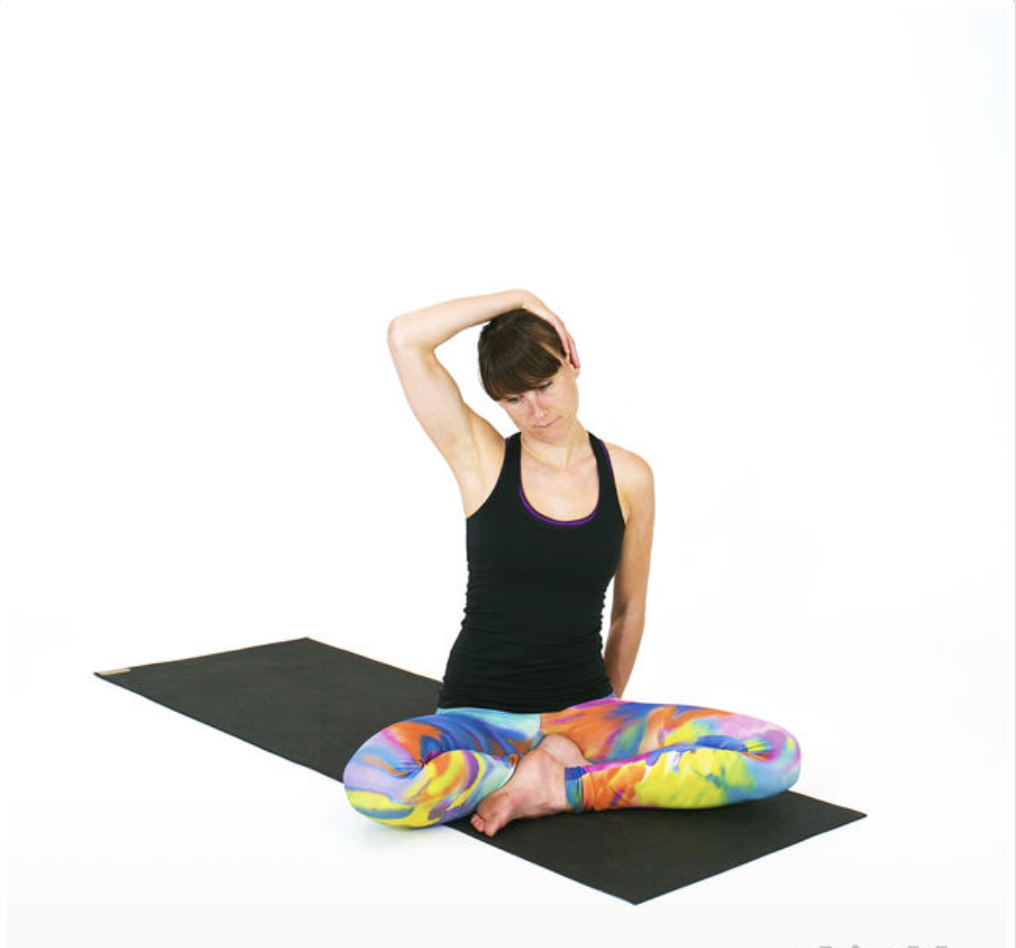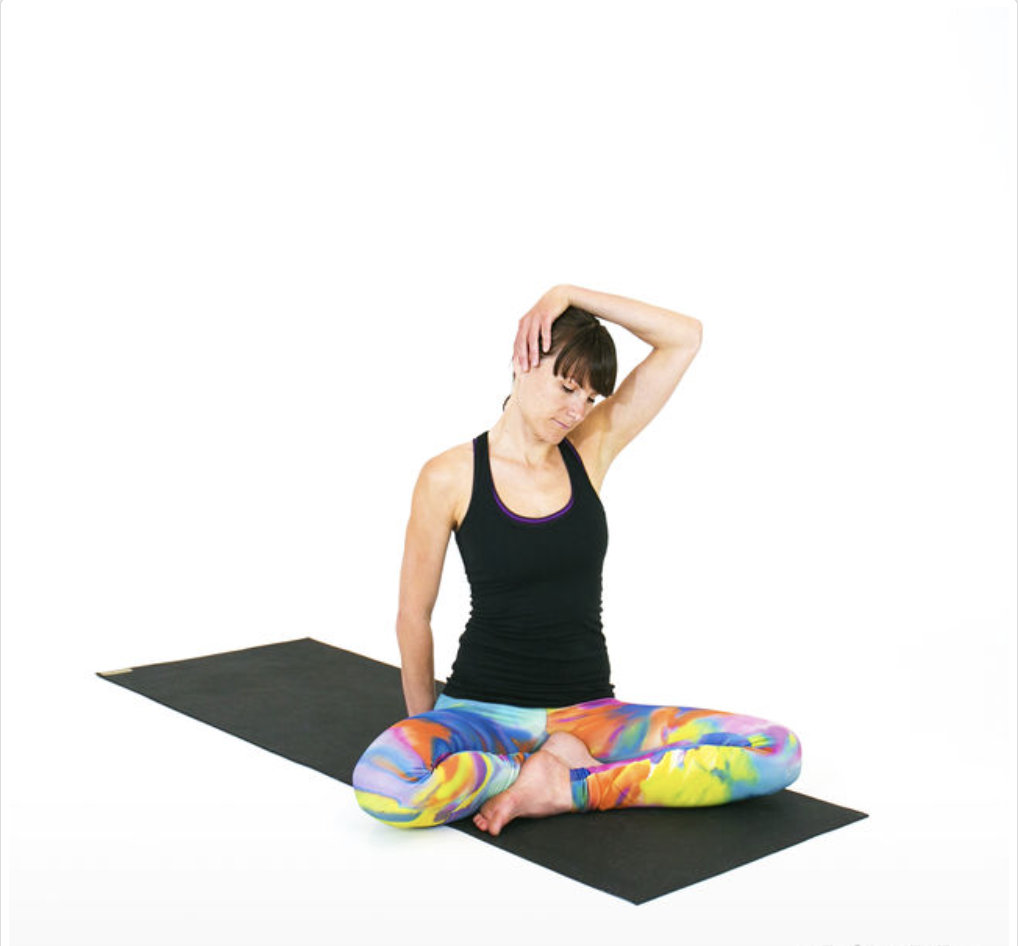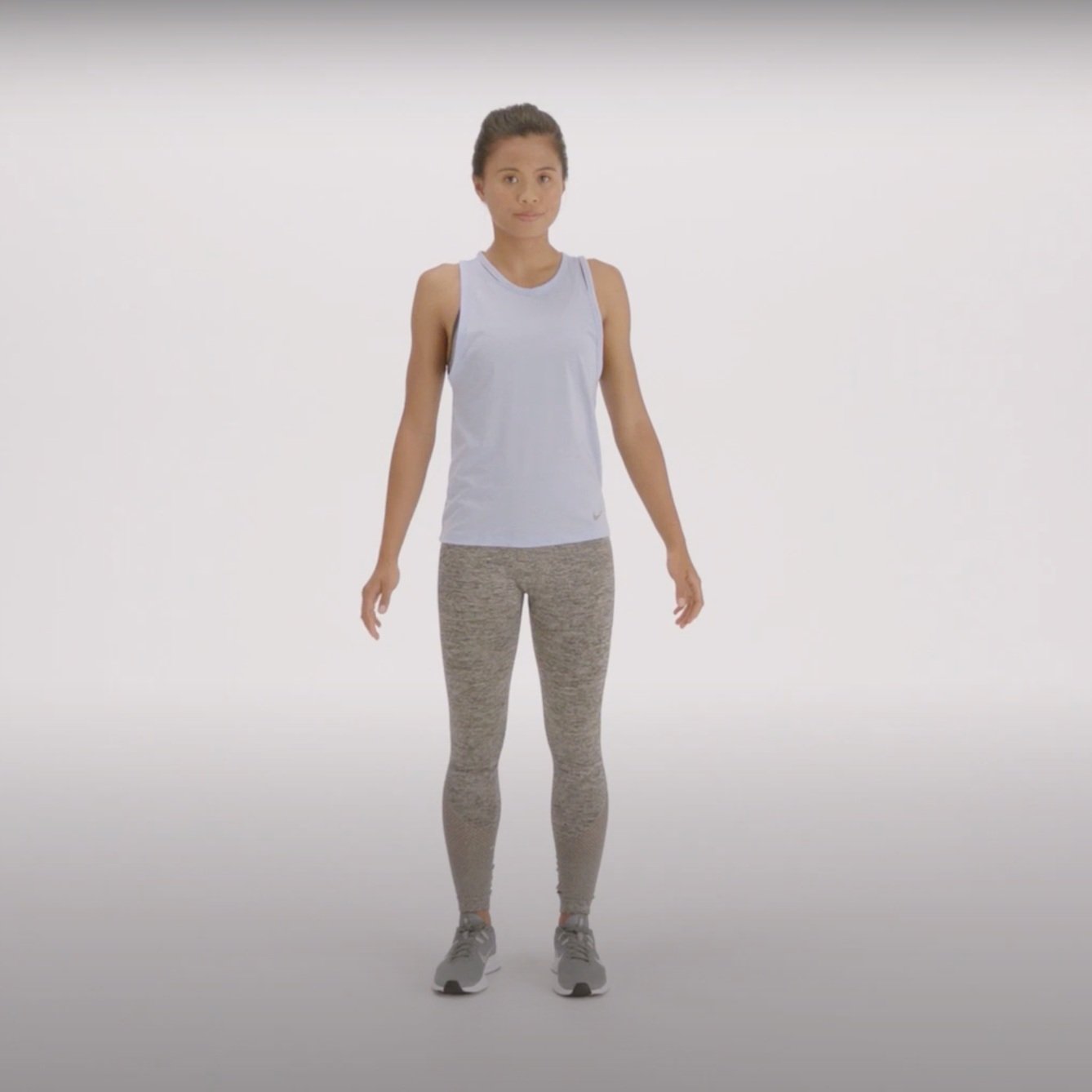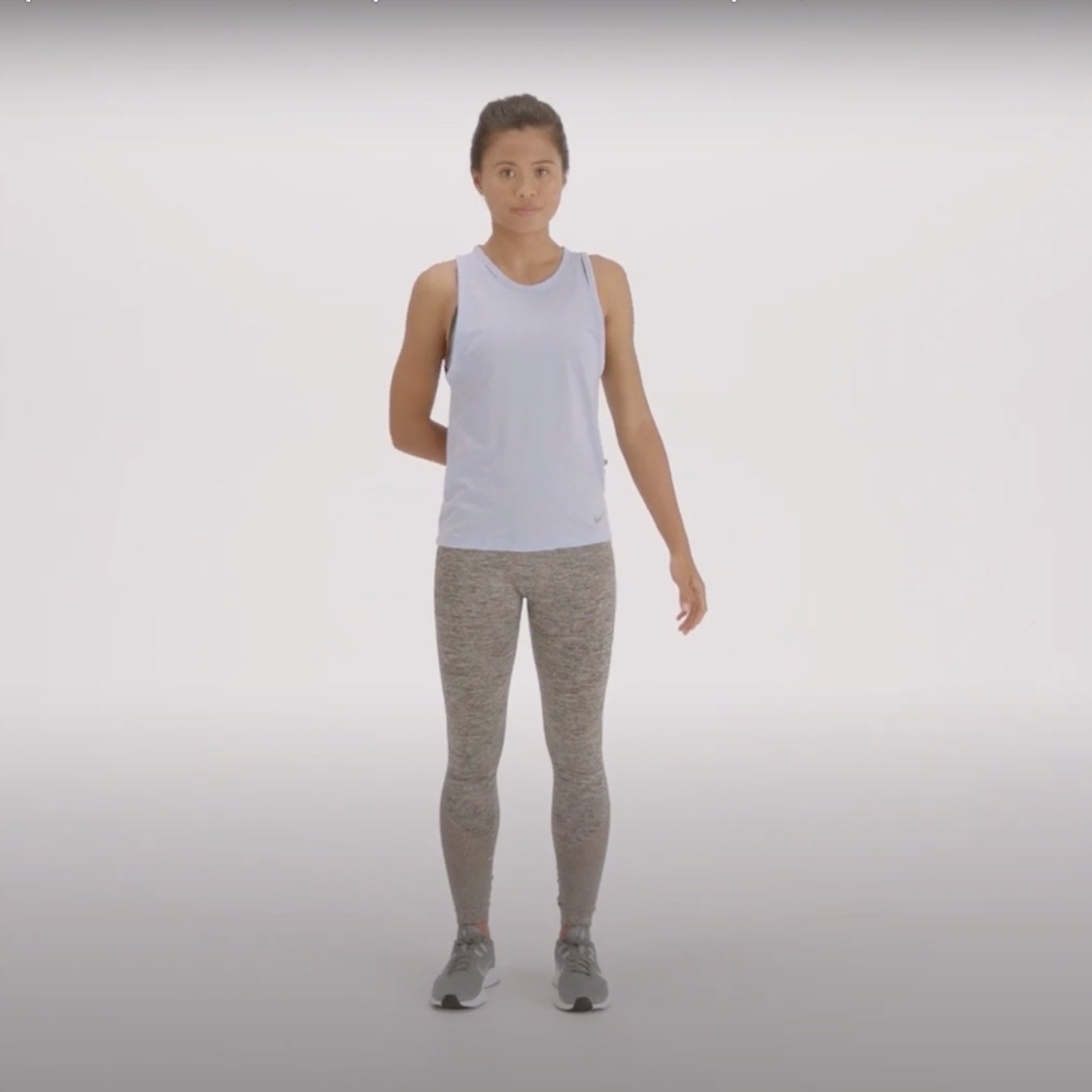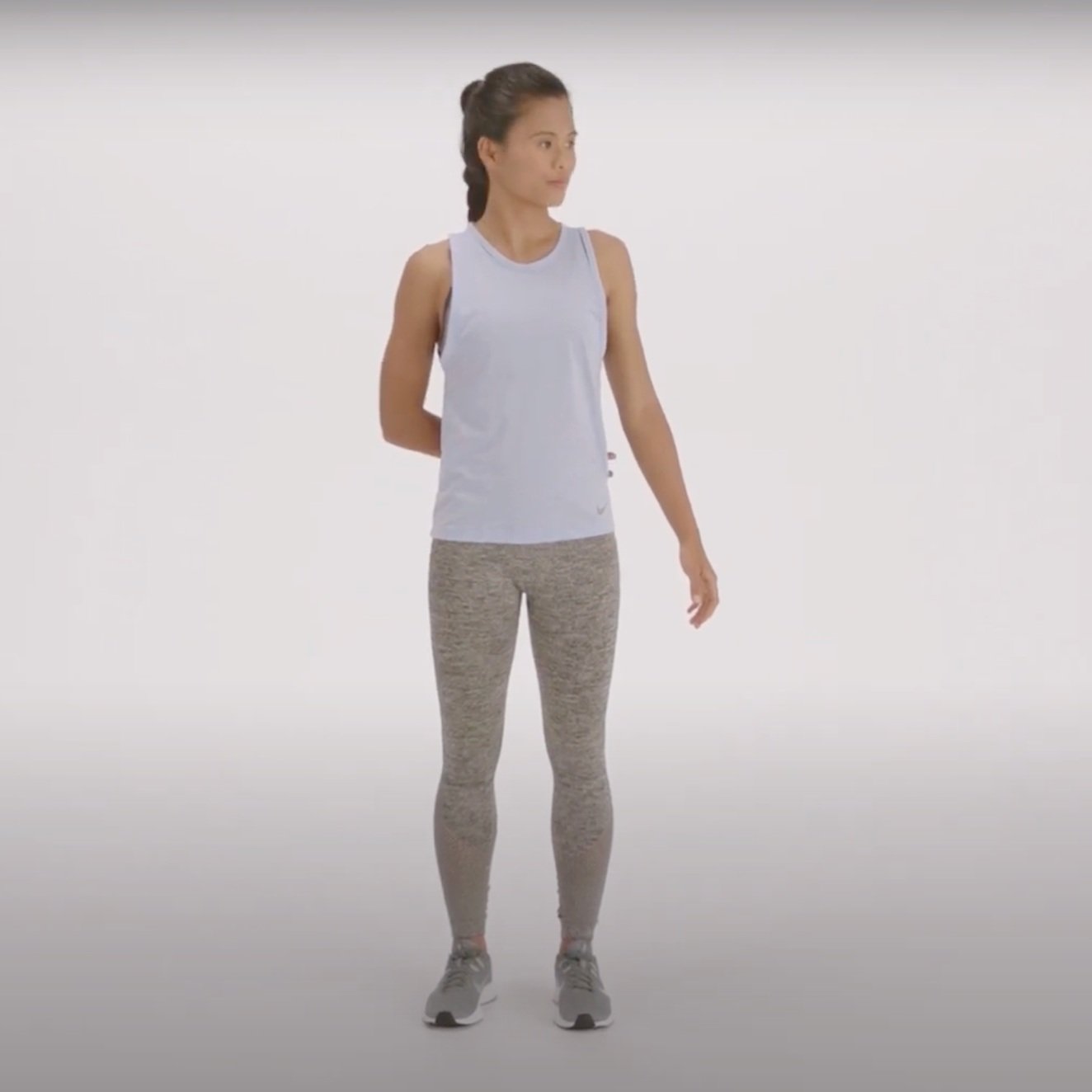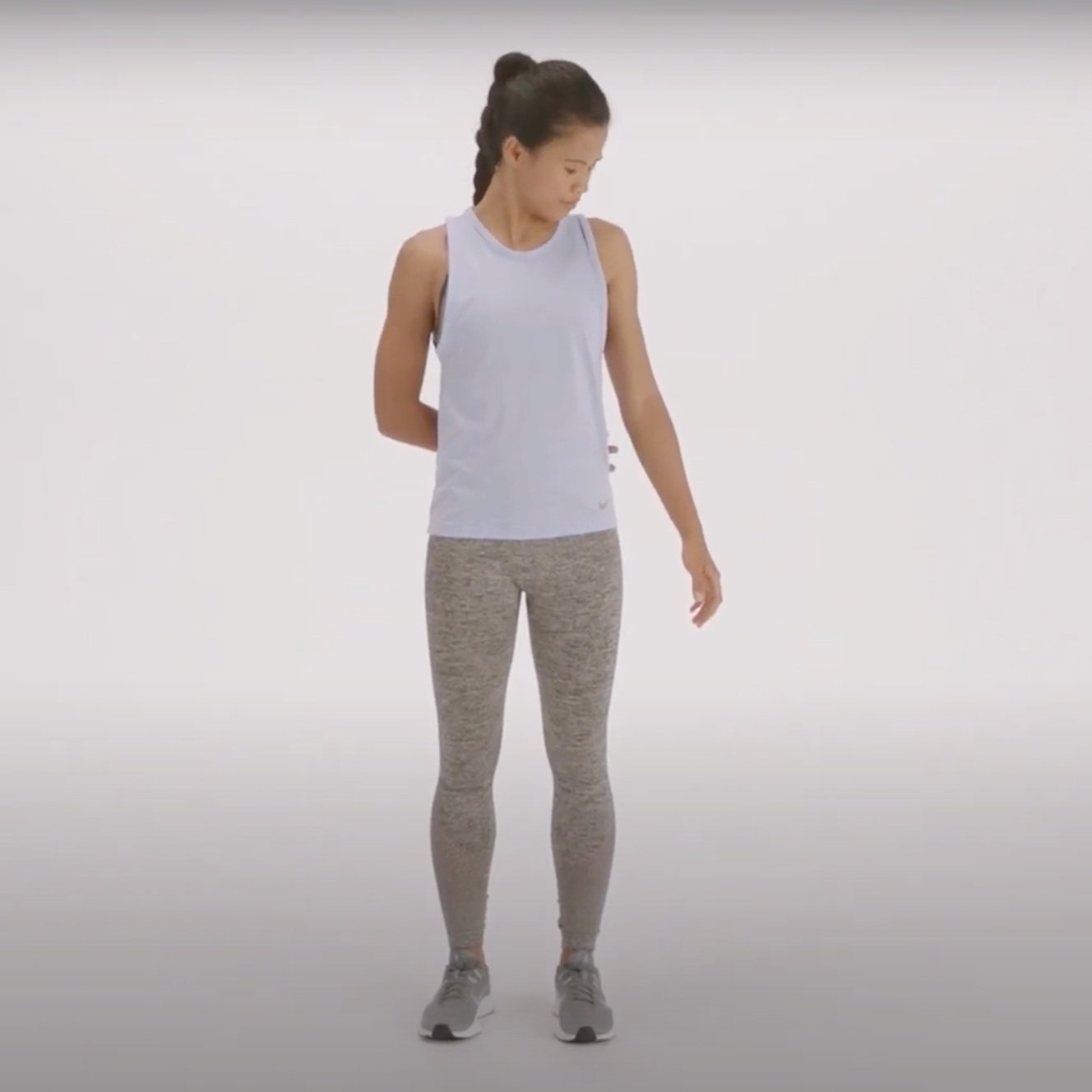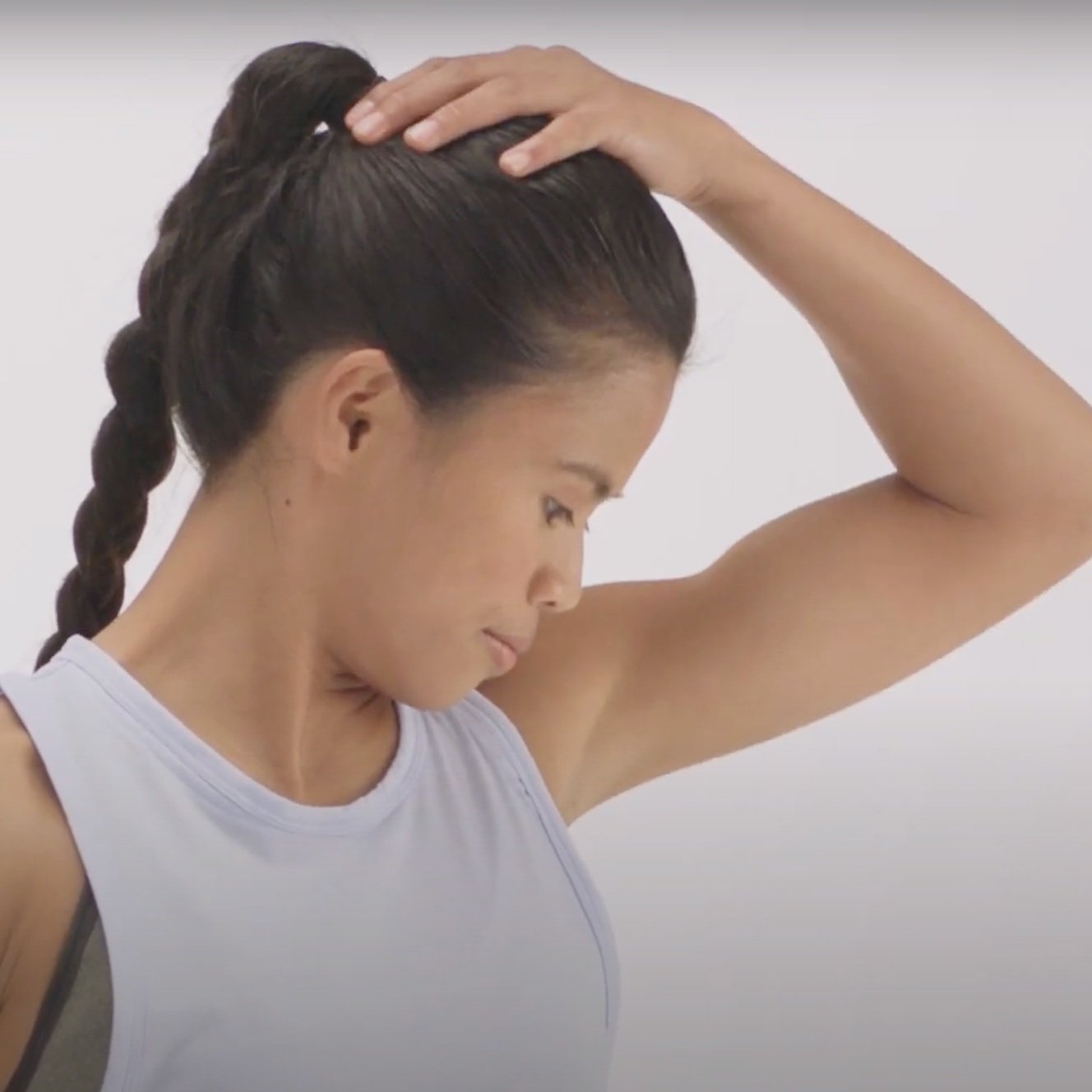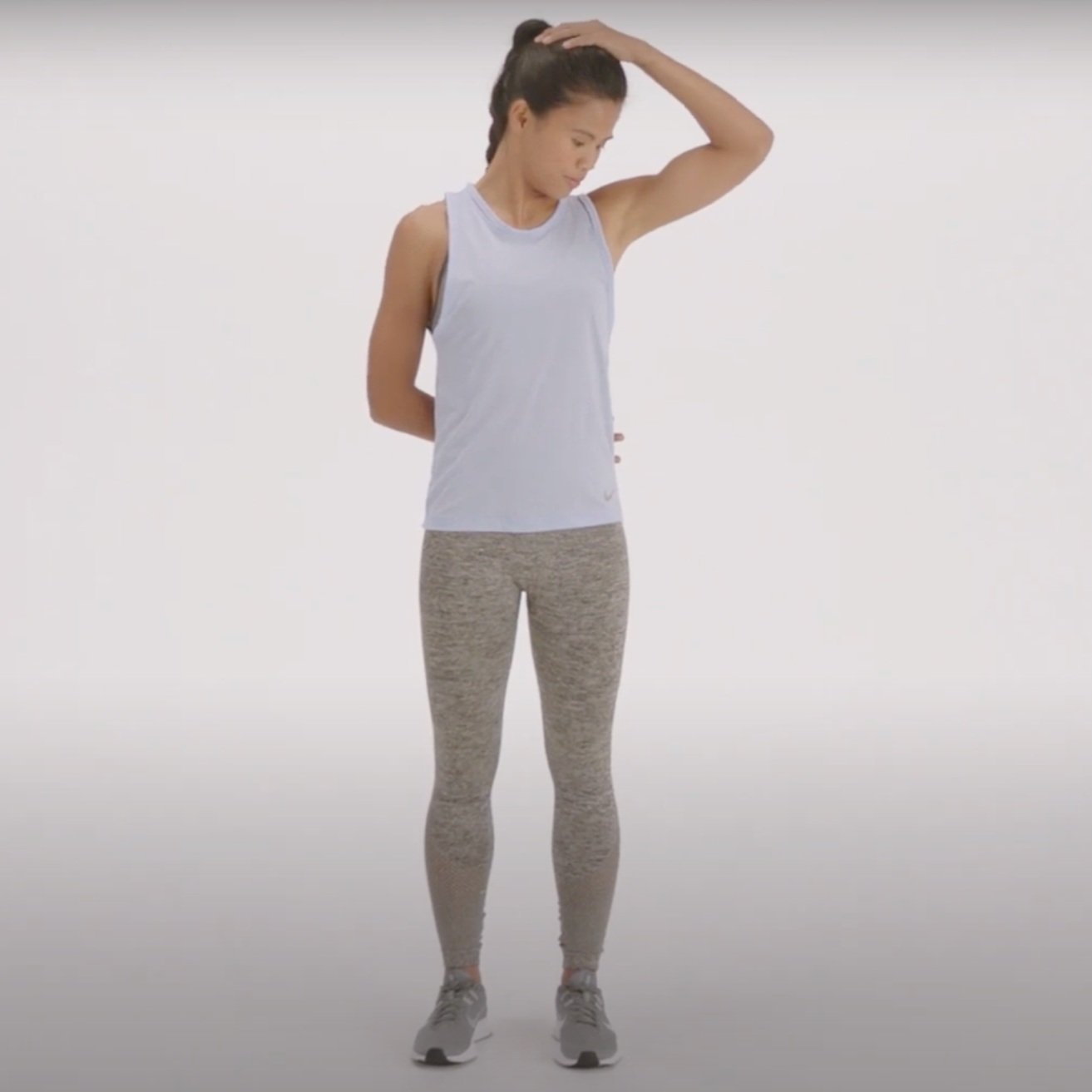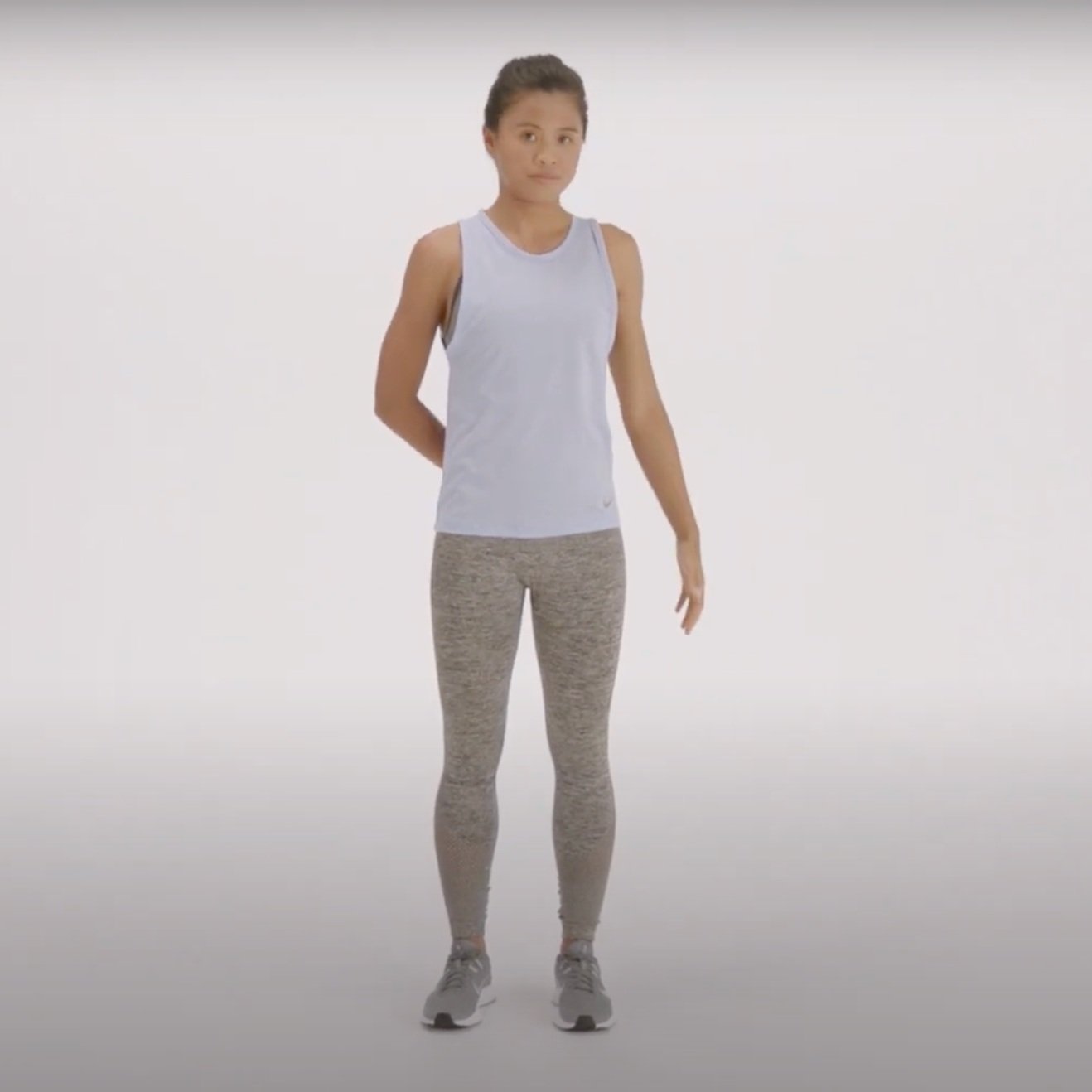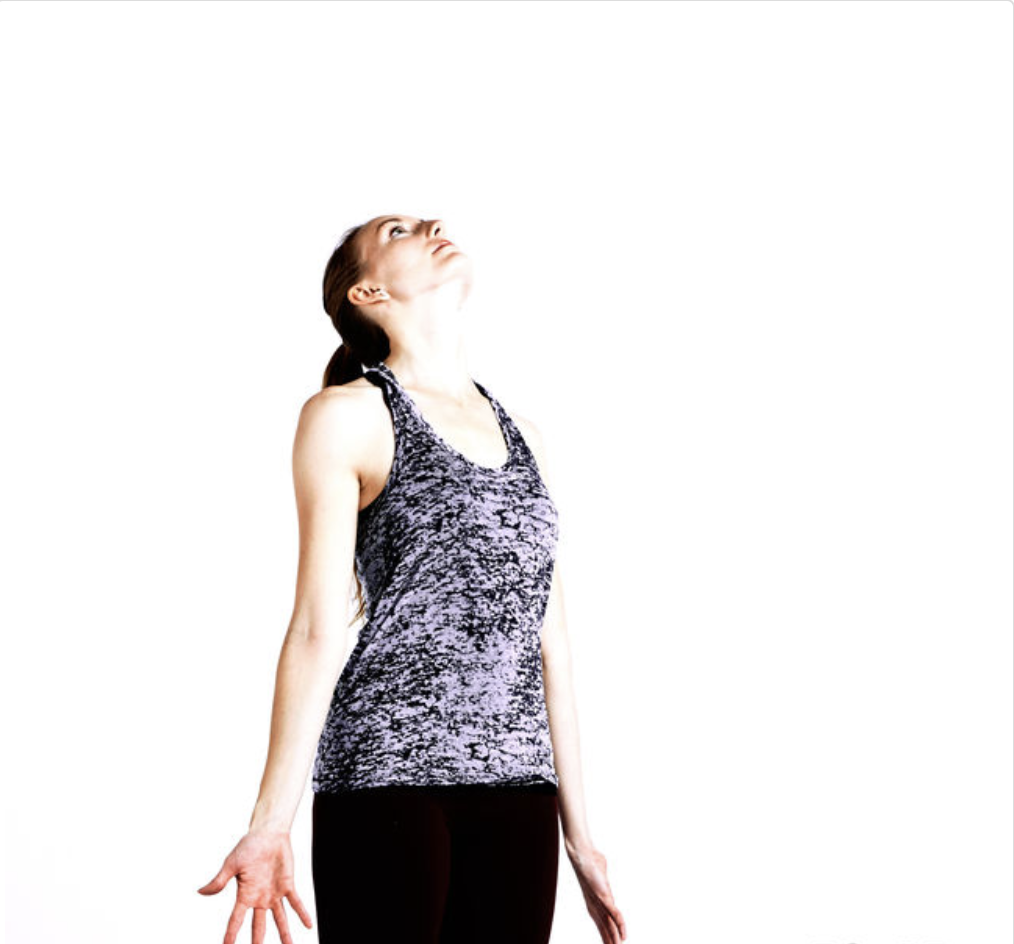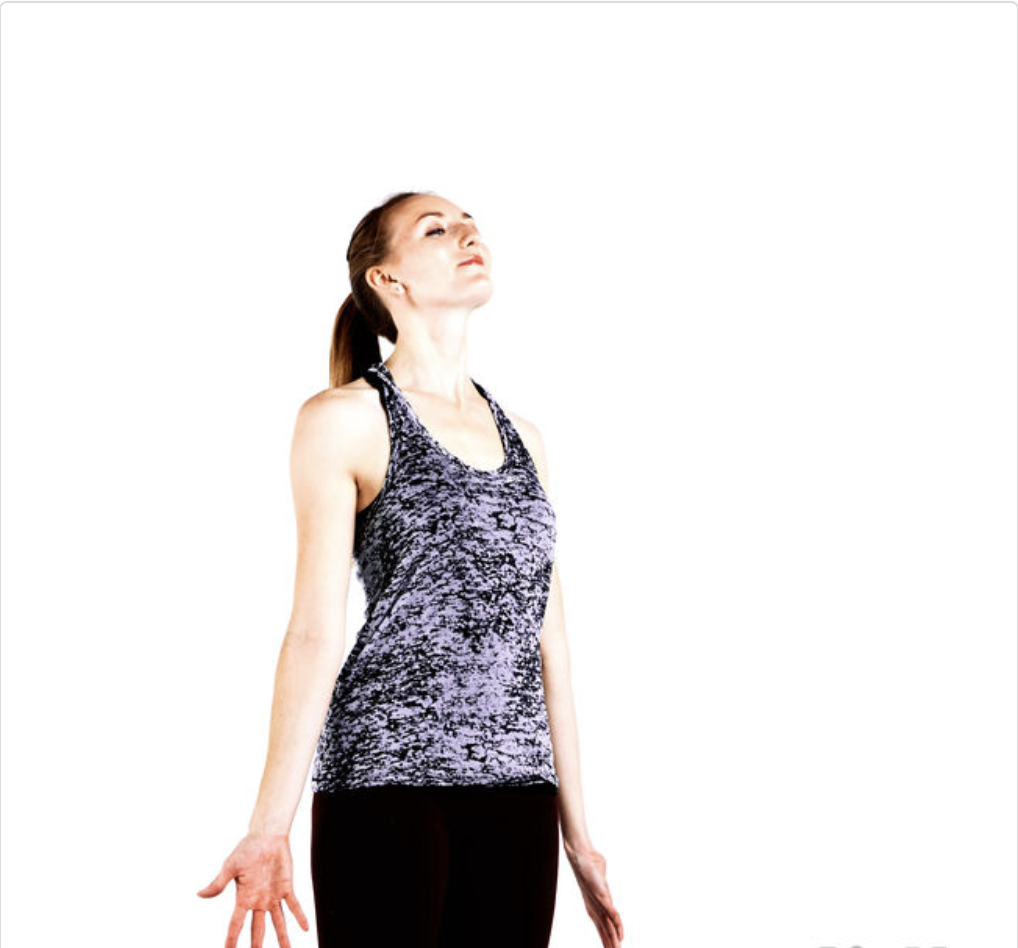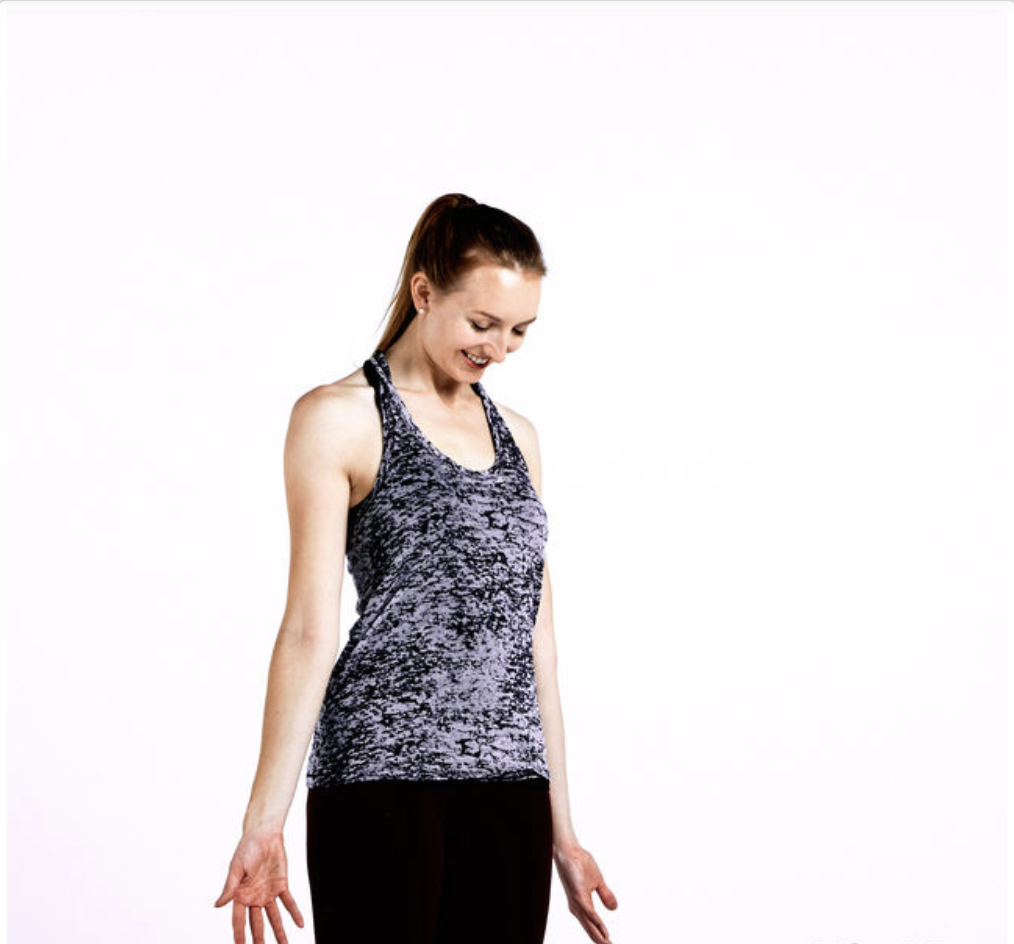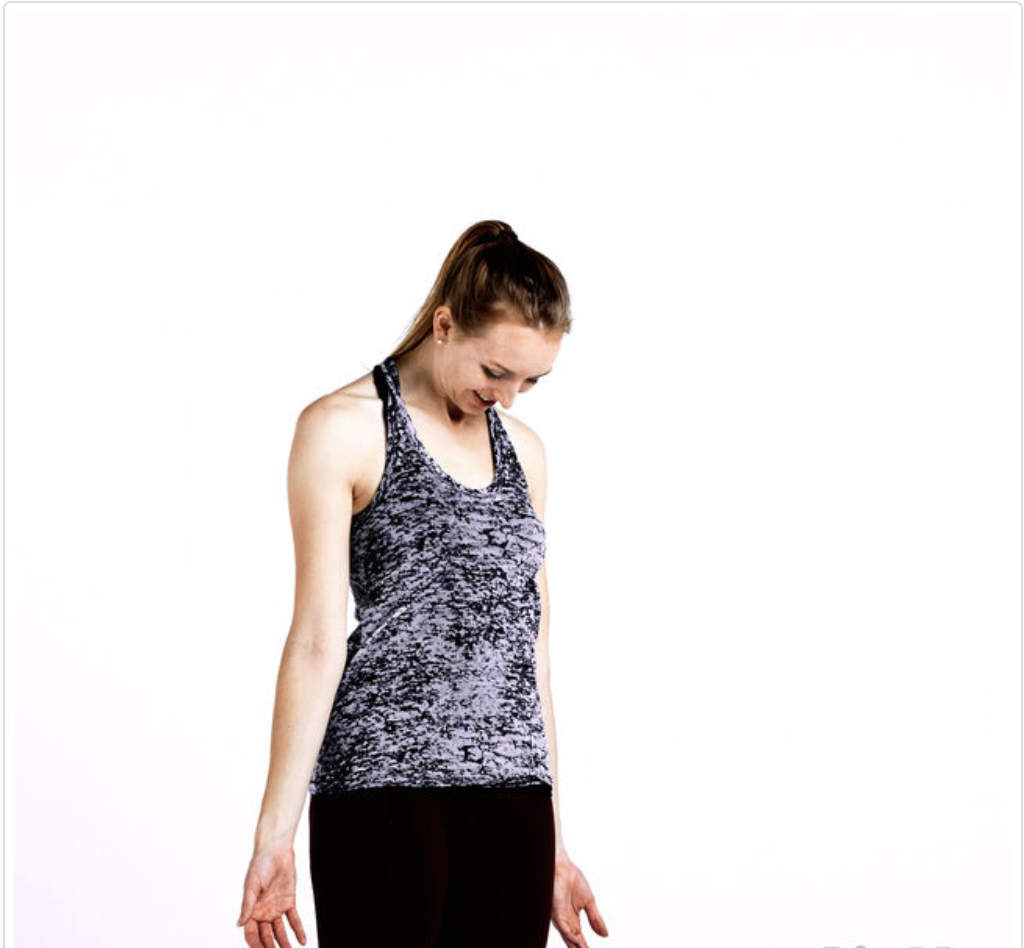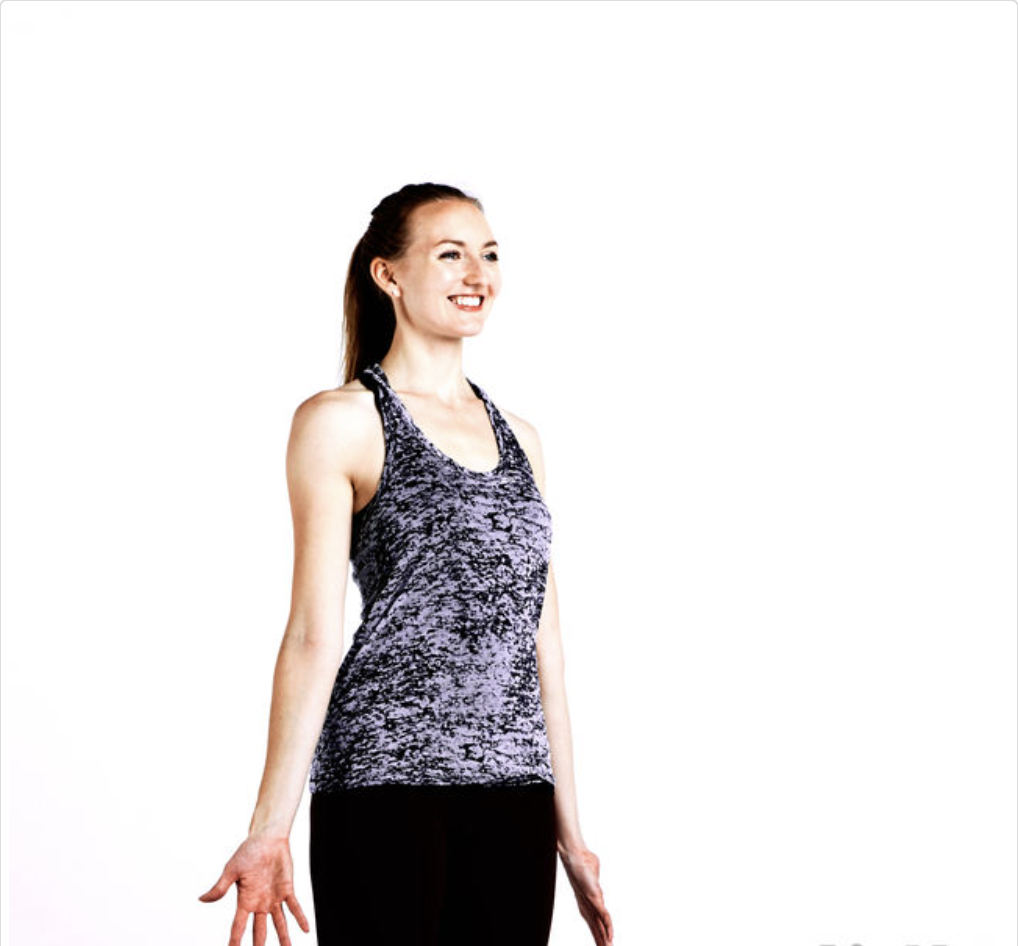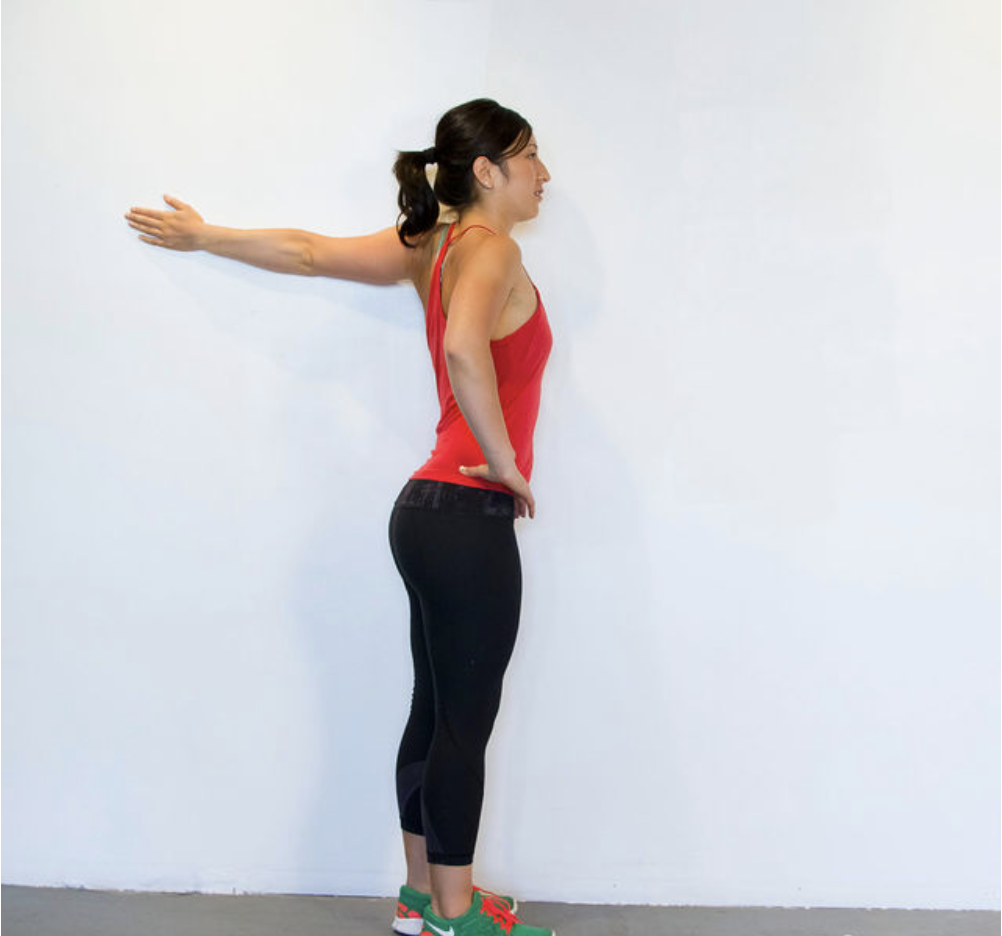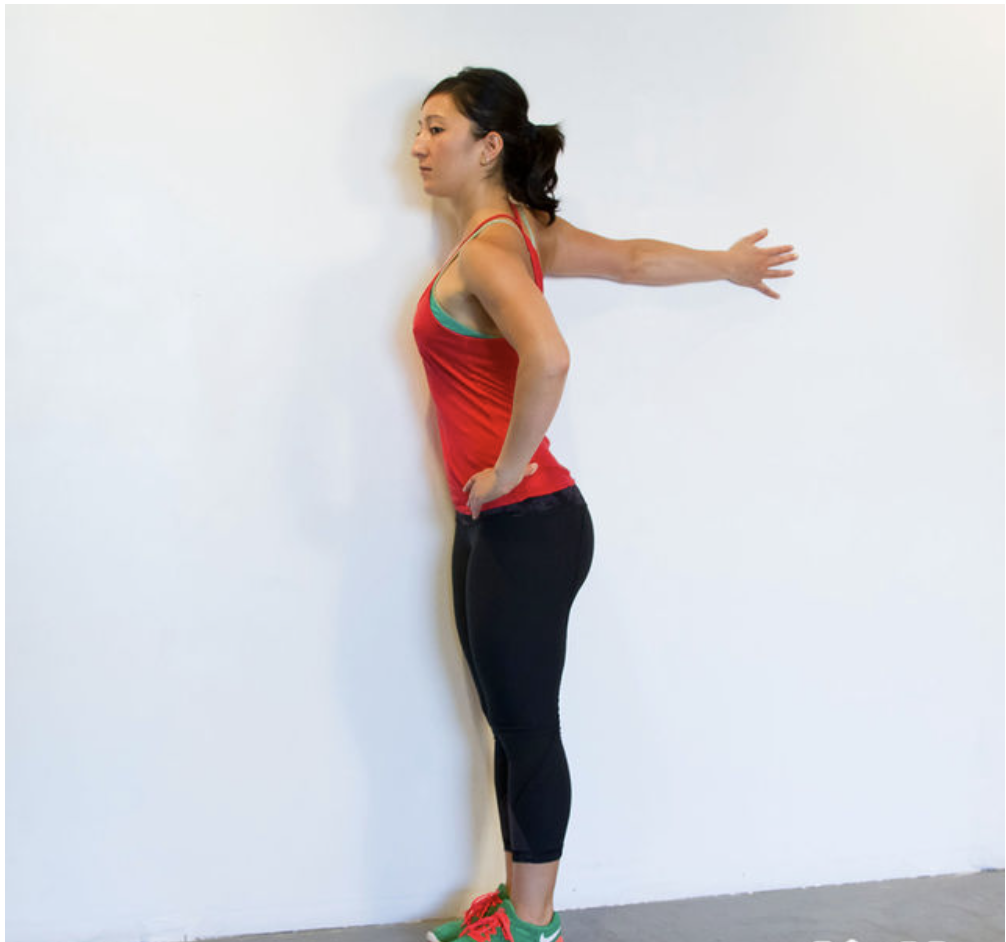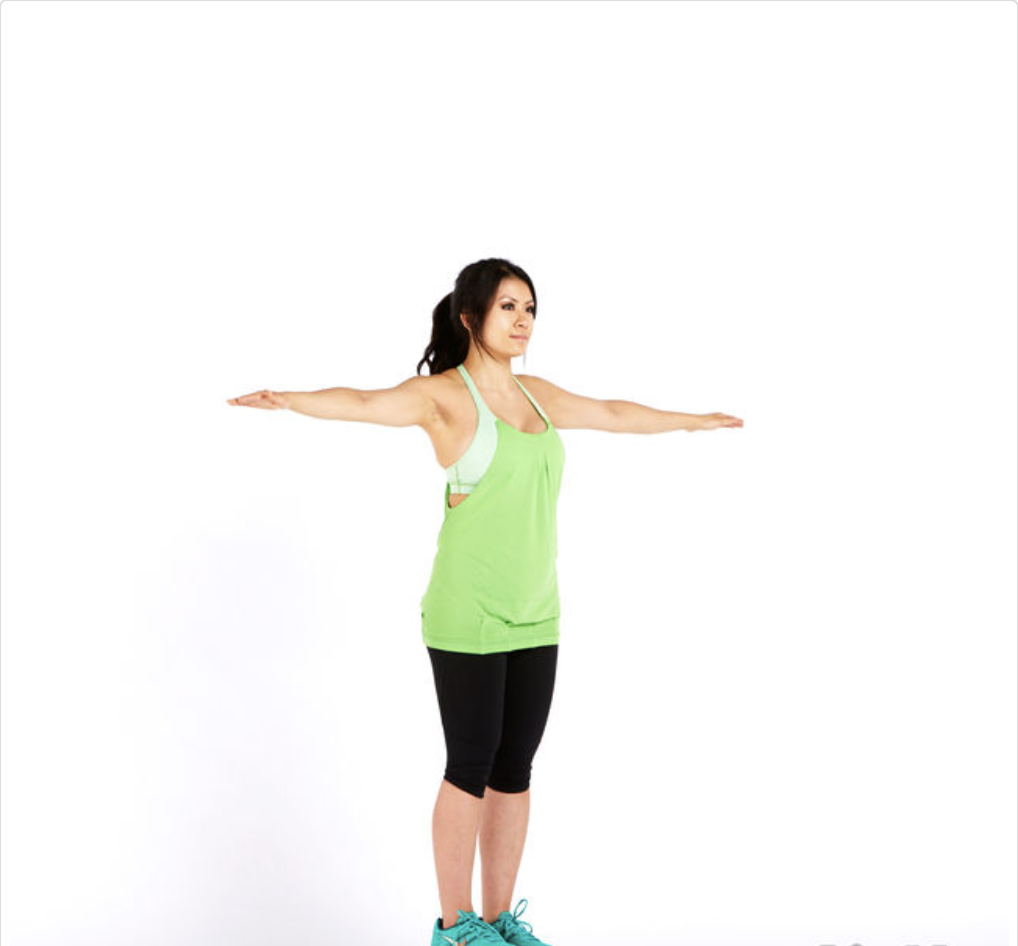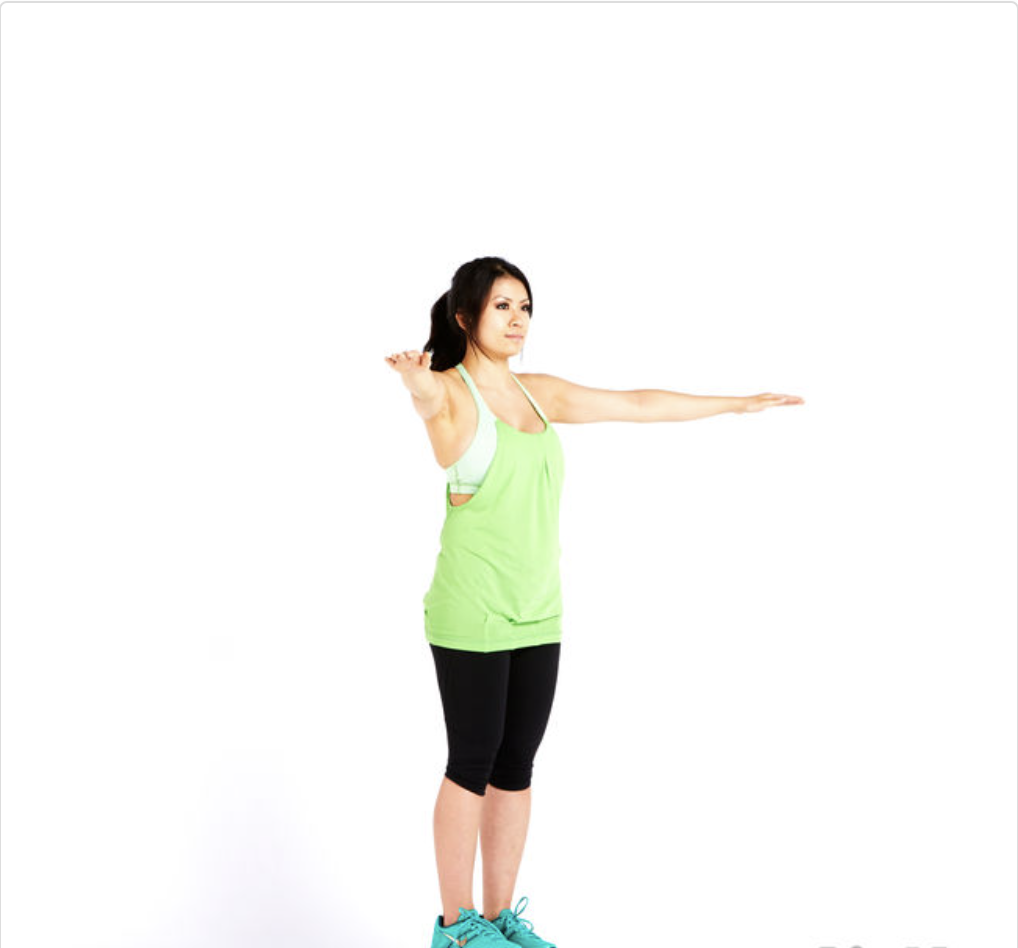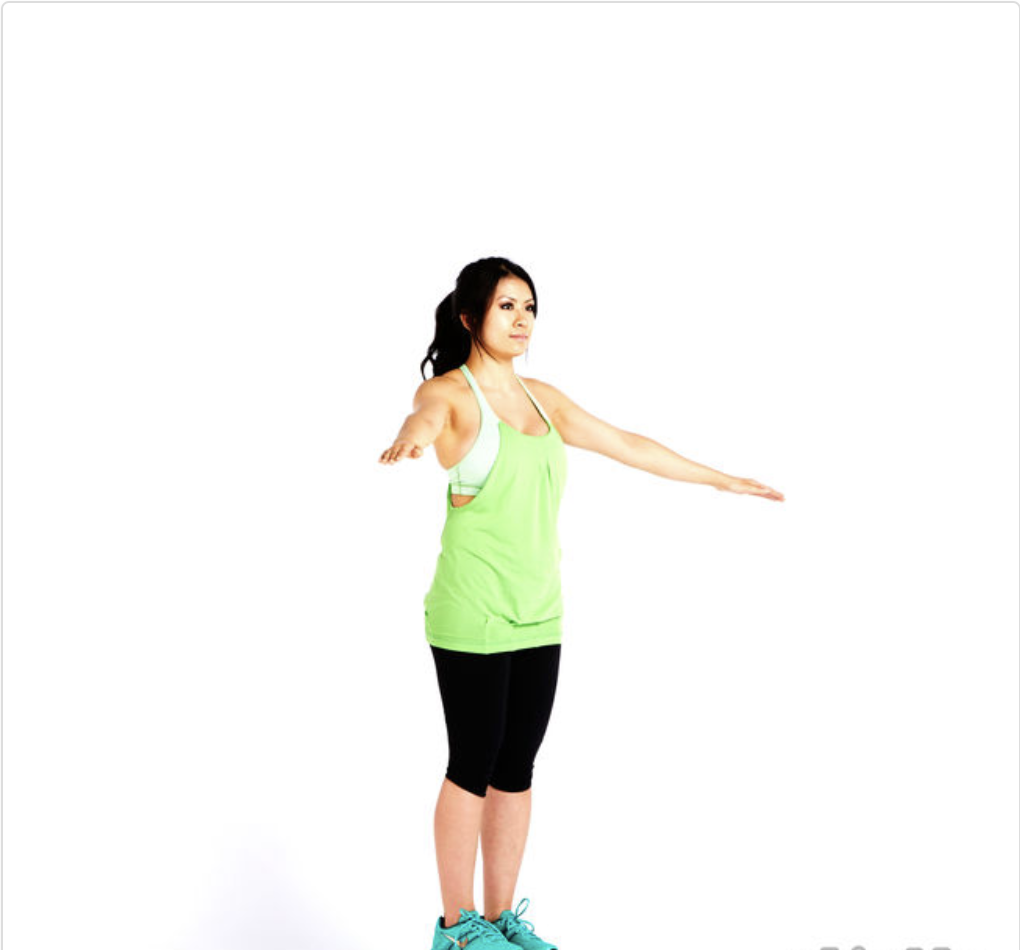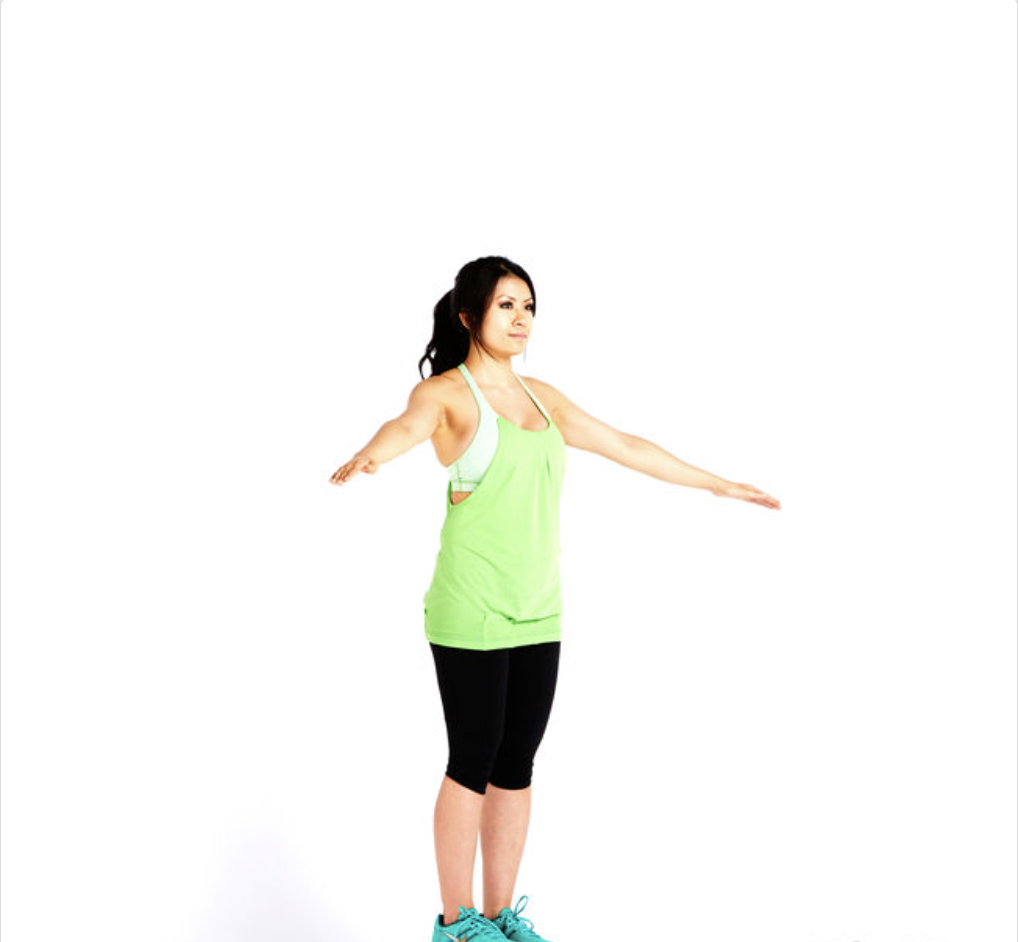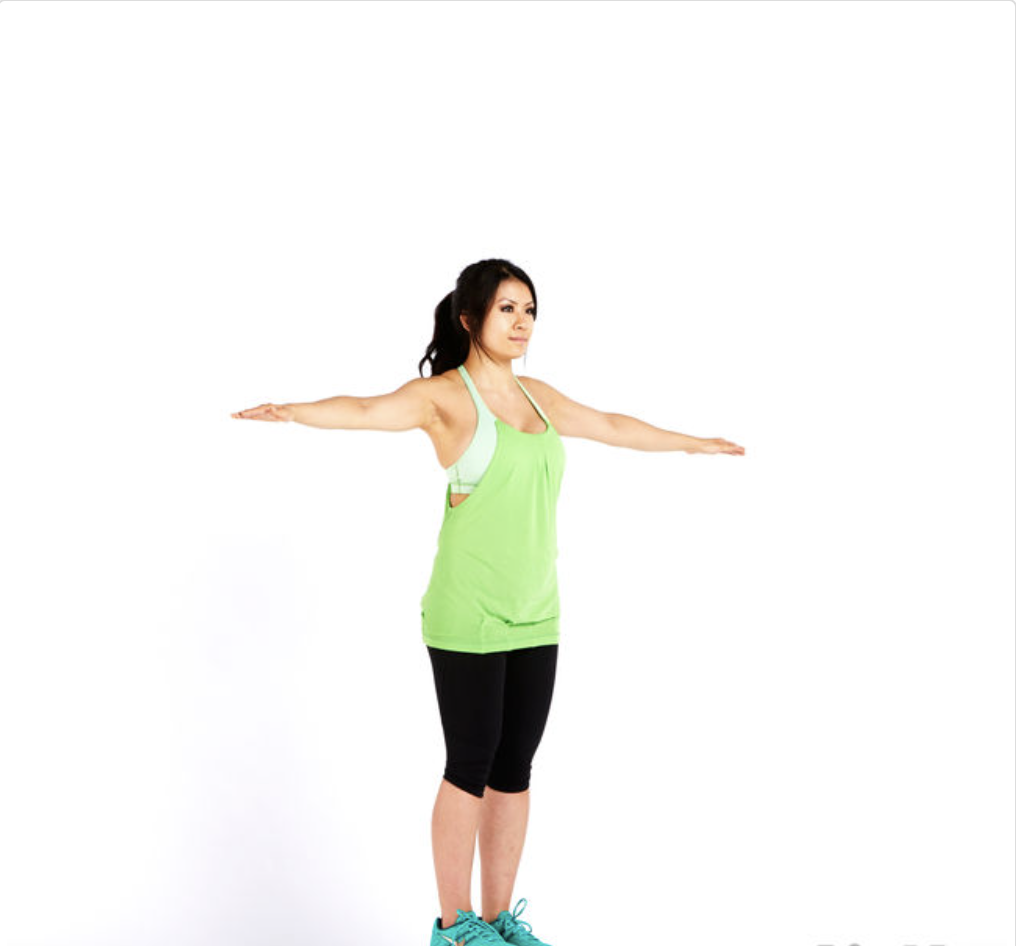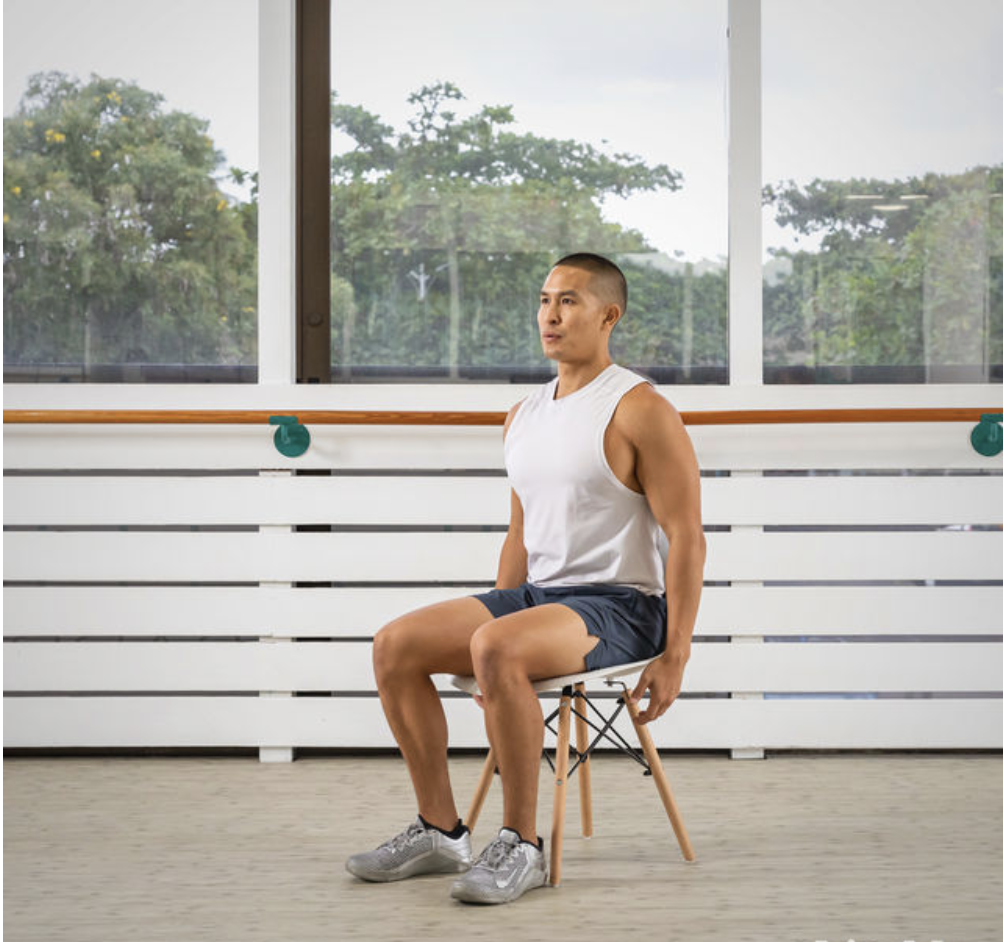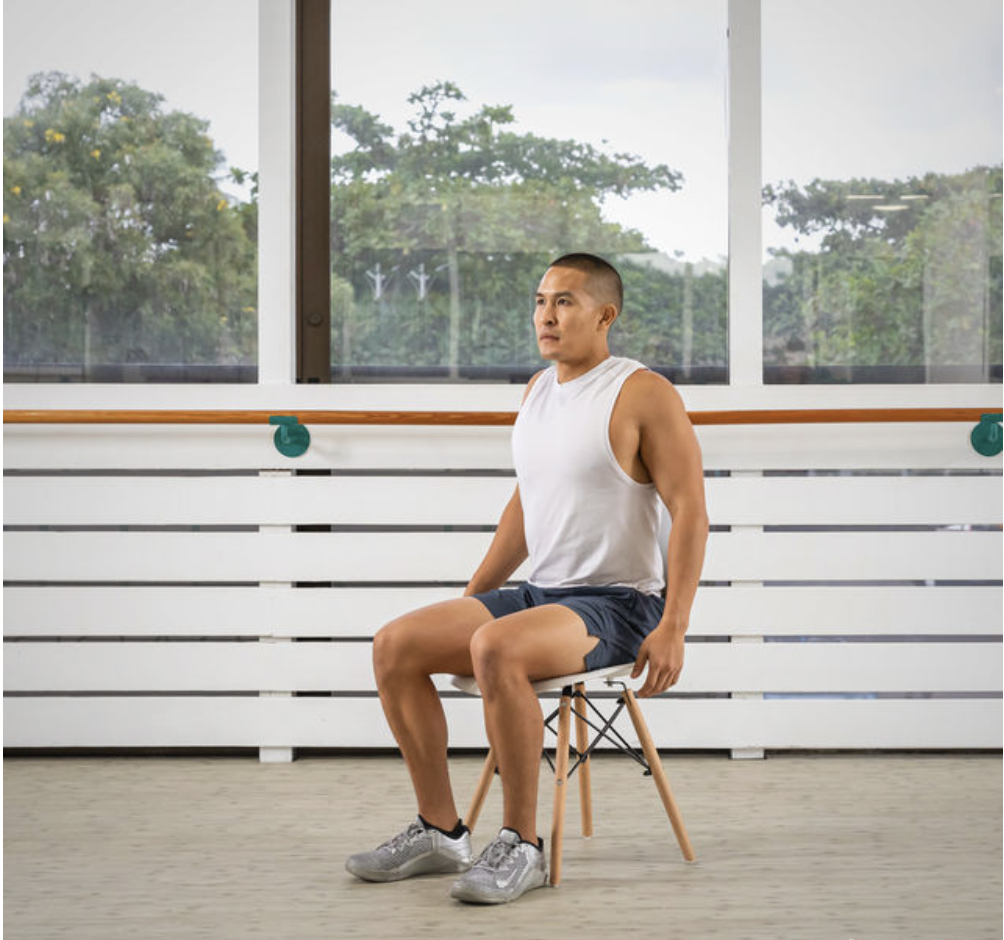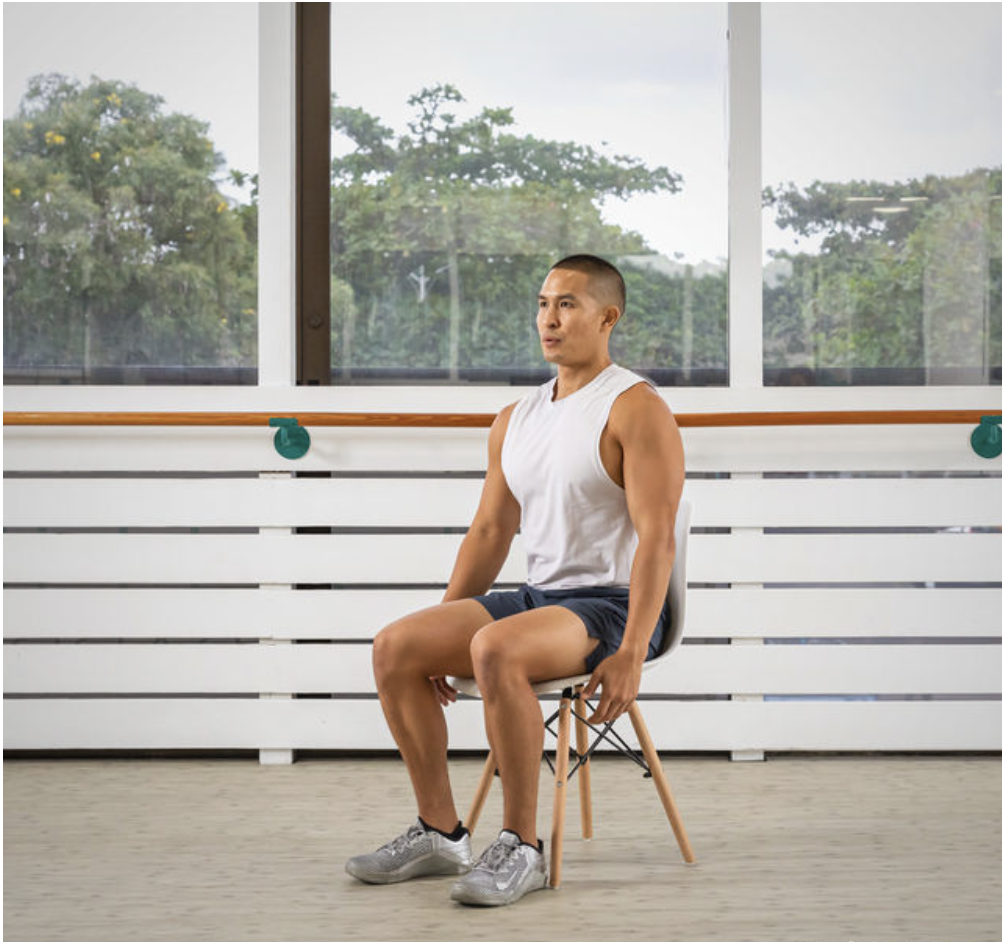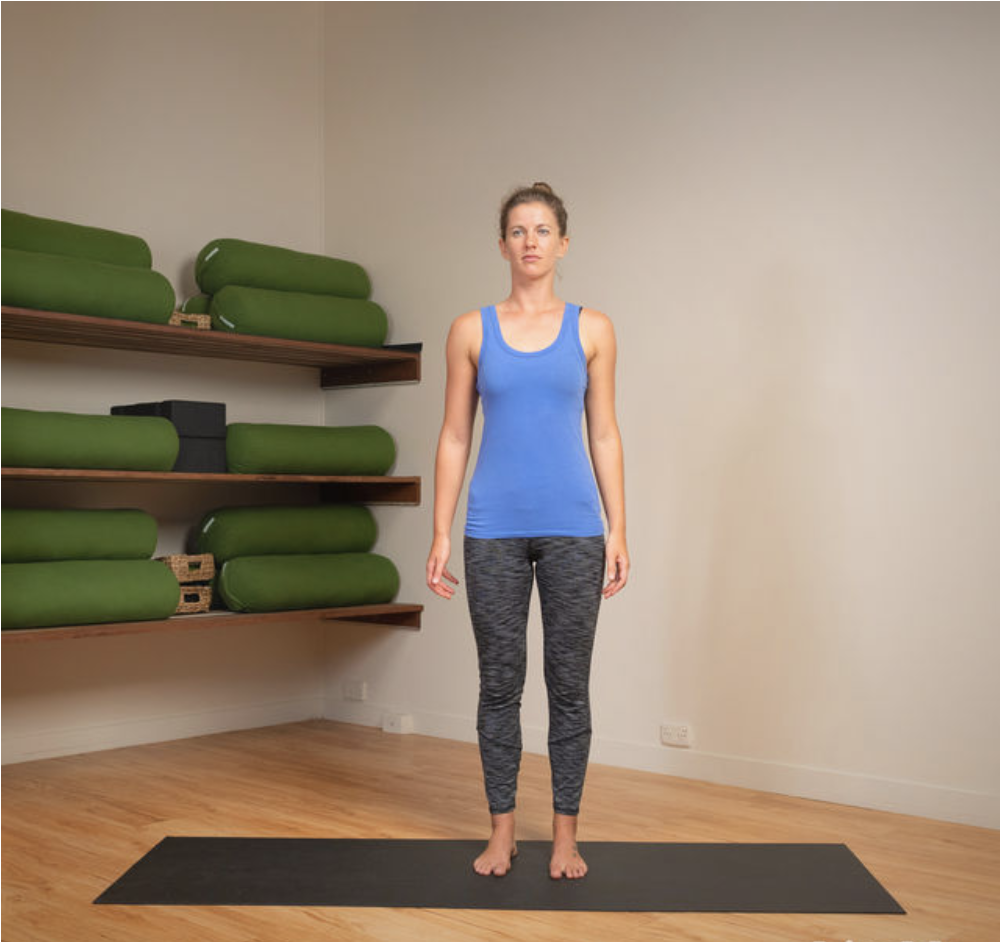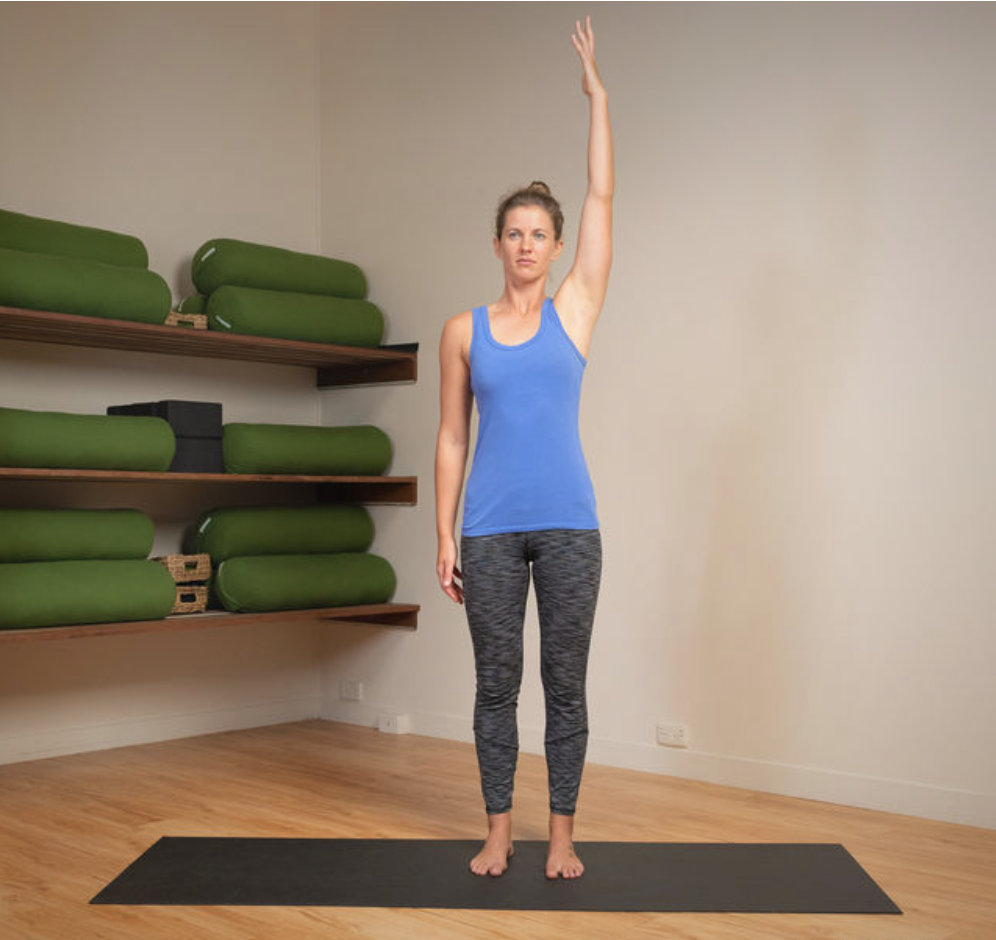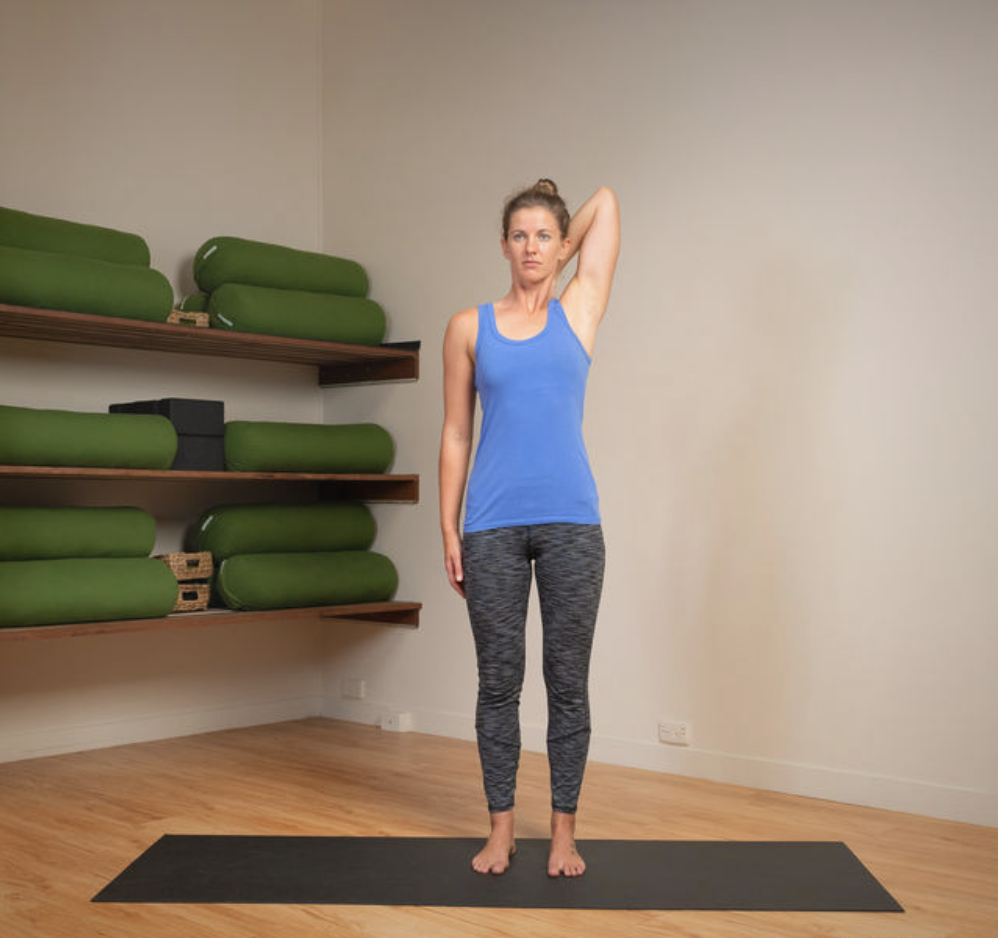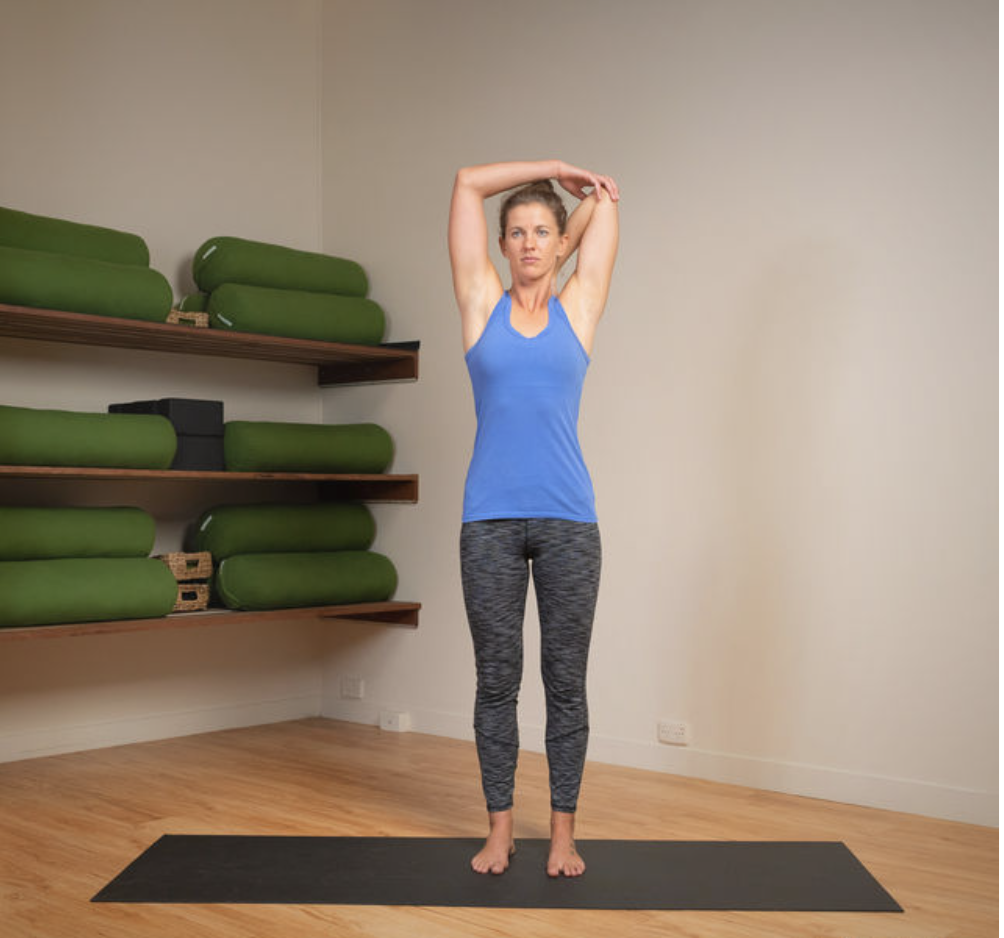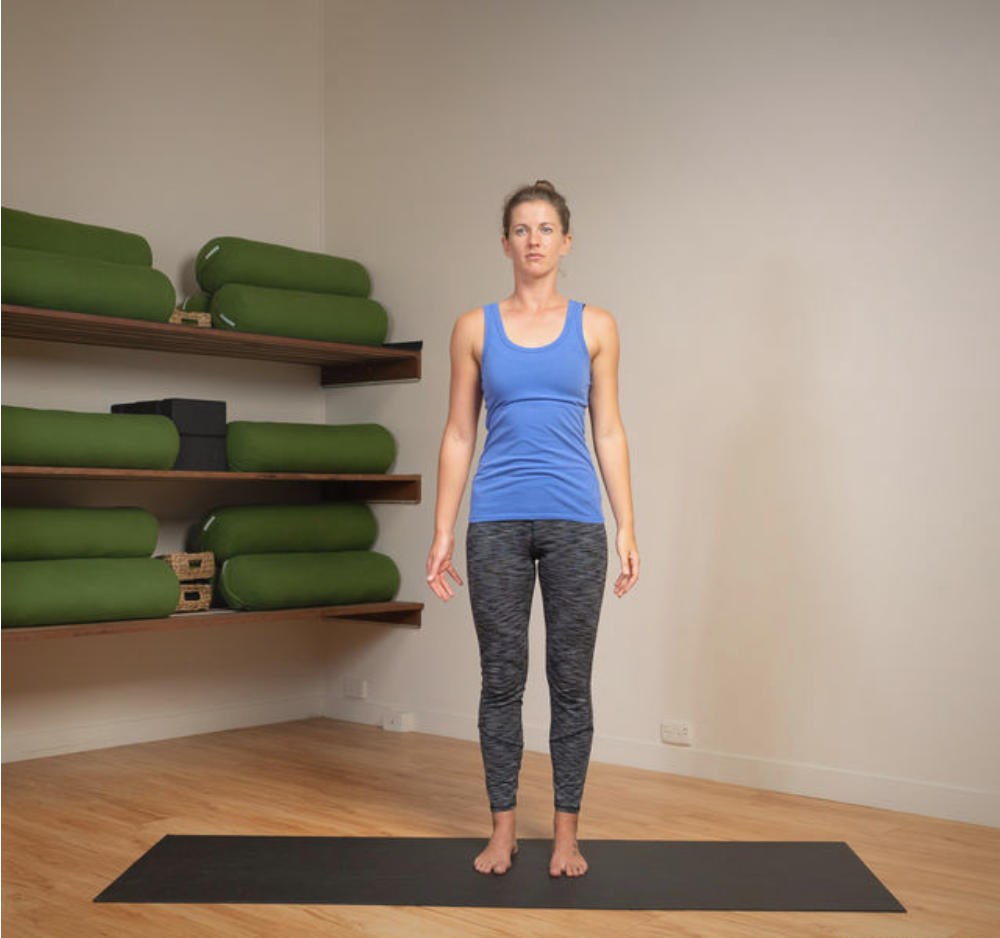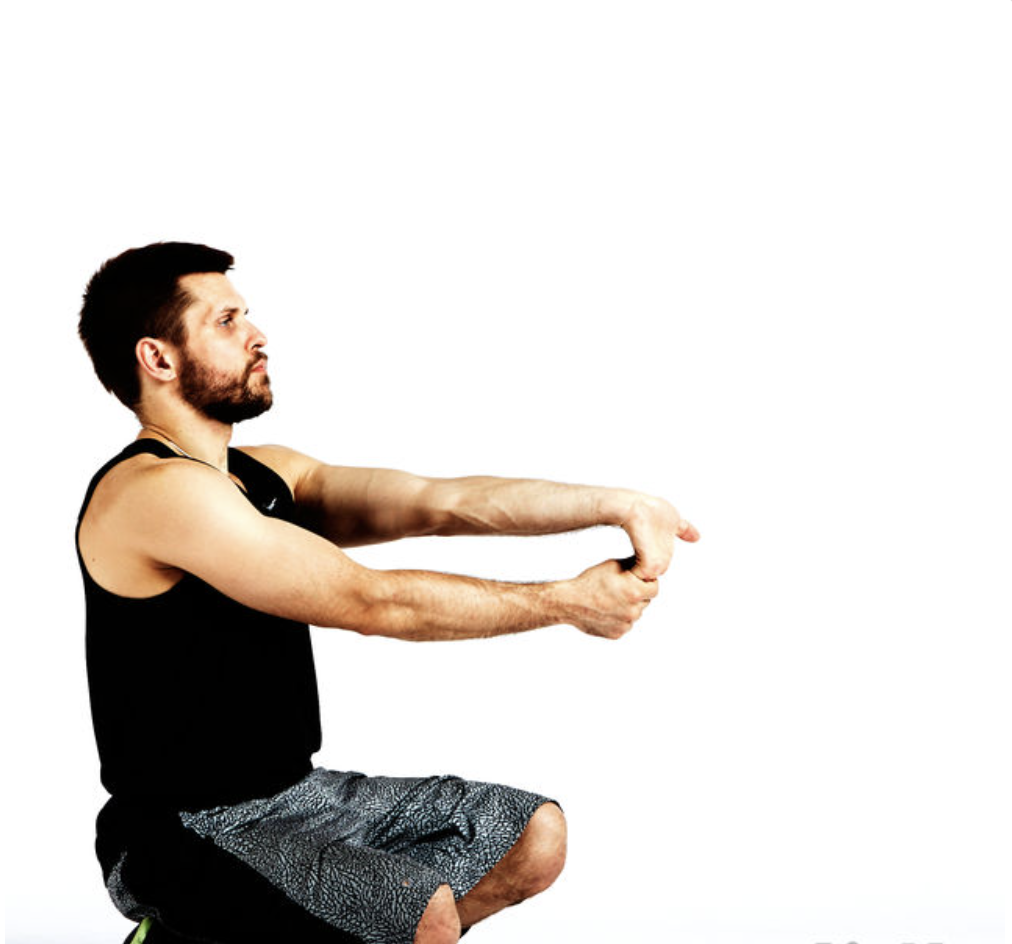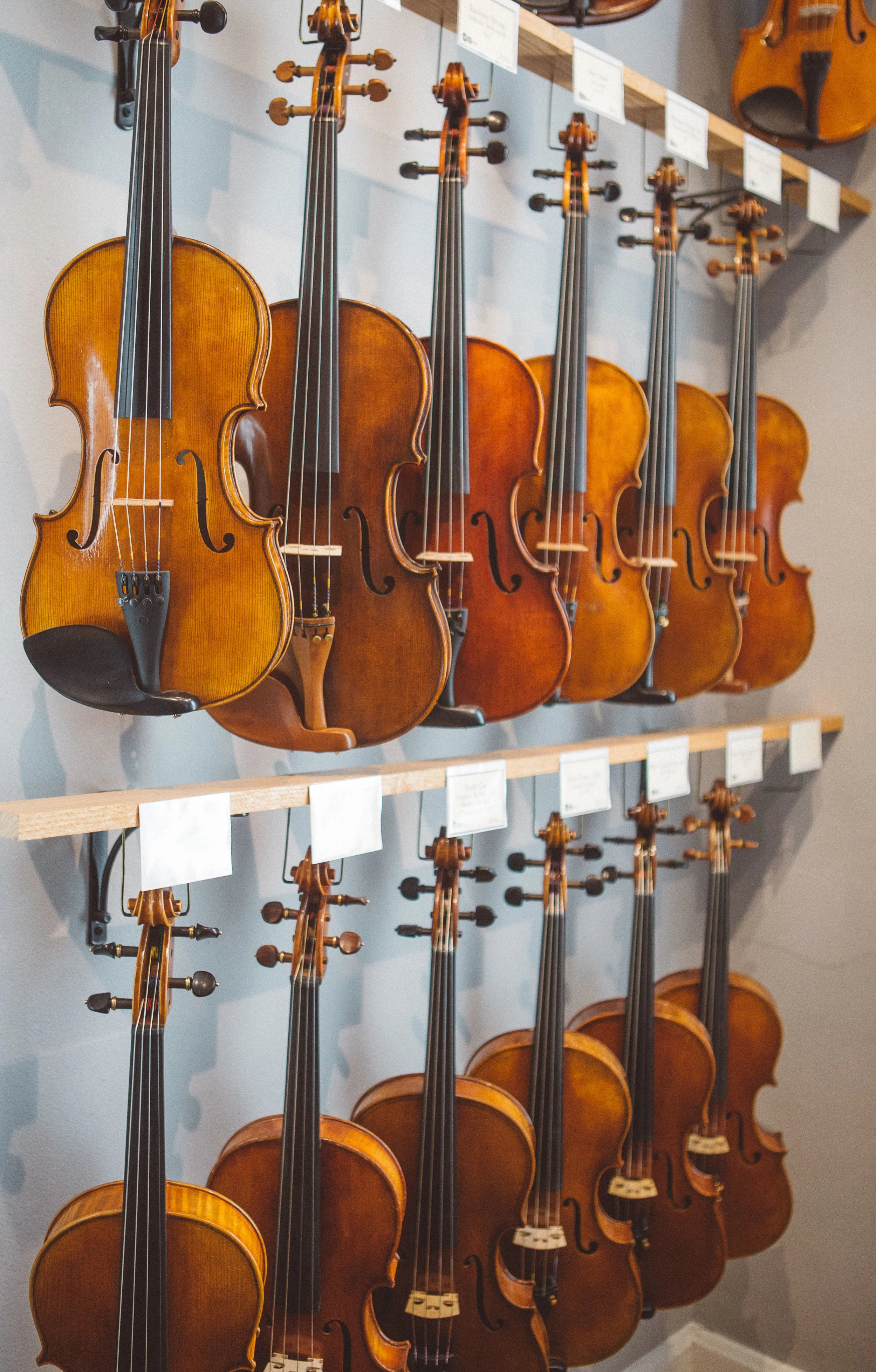WARMING UP AND STRETCHING BEFORE AND AFTER PLAYING THE VIOLIN
It is important to stretch before and after playing the violin to prevent injury and improve flexibility. These are some different kinds of stretches you can do before and after playing the violin:
Before playing the violin
➤ Shoulder and neck rolls: stand or sit up straight and roll your shoulders back and forth in a circular motion, relaxing your neck and letting your head move with the motion. Do 10-15 rolls in each direction.
➤ Wrist: hold your arm out with the palm facing down, then use your other hand to gently push your fingers down toward your wrist. Hold for 15-20 seconds, then release. Repeat with the palm facing up. This exercise helps improve wrist flexibility, which is important for playing the violin.
➤ Fingers: spread your fingers as wide as you can, then gently squeeze them together. You can also try rolling your fingers in a circular motion. These exercises will help improve finger dexterity and strength.
➤ Bowing exercises: before you start playing with the bow, try some bowing exercises using only your right arm. Practice slow and steady movements, paying attention to your arm position, grip and pressure.
After playing the violin
➤ Arm: raise your arms toward the ceiling and extend your fingers upward for 15-20 seconds, then slowly lower your arms from one side to the other.
➤ Hamstring and shoulder: bring your hands together behind your back, exhale and bend your body at the waist, extending your hands toward your head. Hold for 15-20 seconds.
➤ Neck: tilt your head to one side and hold for a few seconds, then switch to the other side. It is important to tilt your head to one side and hold for 15-20 seconds, then switch to the other side. Repeat several times.
➤ Wrist and fingers: extend your arms forward, palms down. Bend your fingers back and hold for a few seconds. With the other hand, stretch each finger of the violin backwards one at a time, starting with the little finger and ending with the thumb.
➤ Levator scapulae: the levator scapulae is a muscle at the back of the neck that helps lift and rotate the shoulder blade. When this muscle becomes tight or strained, it can cause pain and discomfort in the neck and shoulder area. Hold the right side for 15-20 seconds, then repeat on the left side.
Here are some additional stretches that can help relieve tension in the levator scapula muscle:
➤ Chin tuck: stand up straight and gently tuck your chin toward your chest. Hold for 15-20 seconds, then release.
➤ Cross body: raise your right arm and place it across your chest, just below your neck. With your left hand, gently pull your right arm closer to your body. Hold for 15-20 seconds, then repeat on the left side.
➤ Wall chest: stand near a wall and place right hand on wall at shoulder height. Hold for 15-20 seconds, then repeat on the left side.
Proprioceptive neuromuscular facilitation (PNF) or dynamic stretches
After playing the violin, it’s important to stretch your body to help prevent muscle soreness and stiffness. One effective stretching technique is called PNF, which stands for Proprioceptive Neuromuscular Facilitation. PNF stretching involves a combination of stretching and contracting muscles to improve flexibility and range of motion. Here are a few examples:
➤ Arm circles: stand with your feet shoulder-width apart and your arms outstretched to your sides. Make small circles with your arms, gradually increasing the size of the circles until you are making large circles with your arms. Repeat 10 to 20 circles in each direction.
➤ Shoulder rolls: stand with your arms at your sides. Slowly roll your shoulders forward and up, then back and down. Repeat 10 to 20 rolls in each direction.
➤ Triceps: Raise one arm above your head and flex your elbow so your hand is behind your neck. Resist with your other hand as you try to push your elbow back toward your head. Hold for a few seconds, then relax and gently pull your elbow back toward your head until you feel a stretch in your triceps. Hold for 20-30 seconds, then switch arms.
➤ Wrist: hold one arm out in front of you, palm facing down. Resist with your other hand as you try to flex your wrist down toward your forearm. Hold for a few seconds, then relax and gently pull your fingers back toward your wrist until you feel a stretch in your forearm. Hold for 20-30 seconds, then switch arms.
It is important to remember that stretching should be done gently and you should never force the stretch. If you feel pain, stop stretching immediately and consult a healthcare professional.
Frequently asked questions
-
Warming up and stretching helps prepare the body for playing the violin, especially the fingers, bowing arm and neck. It also helps to prevent potential injuries caused by repetitive movements and allows for better posture and more precise movements.
-
There are a variety of warm-up exercises you can do, including playing long notes on open strings, practicing scales or bowing exercises. The goal is to gradually warm up your body and fingers to prevent injury and improve your performance.
-
It is recommended that you spend at least 5 minutes warming up before practicing or playing, but this may vary depending on your individual needs and preferences.
-
A good warm-up routine might include playing long notes on open strings, practicing scales in different positions, bowing exercises and finger flexibility exercises. It is important to start with slow and gentle movements and gradually increase the intensity.
-
If you feel stiff during a practice session, take a break and do some extra stretching to loosen your muscles. You can also try doing slow and gentle exercises until you feel loose again.
-
Warming up helps improve your overall violin playing by increasing your muscle flexibility and endurance. It can also help prevent injuries and improve your pitch and intonation.
-
Violists typically use fingerings and bowing techniques that are different from those used by violinists, so you may need to adjust your warm-up routine accordingly when playing with a violist. However, many warm-up exercises can still be done together.
-
Yes, warming up before playing the violin can help you avoid potential injuries caused by repetitive motion and improper posture. It is especially important to pay attention to your body and take a break if you feel any pain or discomfort.
-
It is recommended to do some warm-up exercises between each etude or piece during a practice or performance session. This will help maintain your flexibility, prevent injury and improve your overall performance.
Read more articles
Quick video tips
““It is important to remember that stretching should be gentle and you should never force the stretch.” ”
